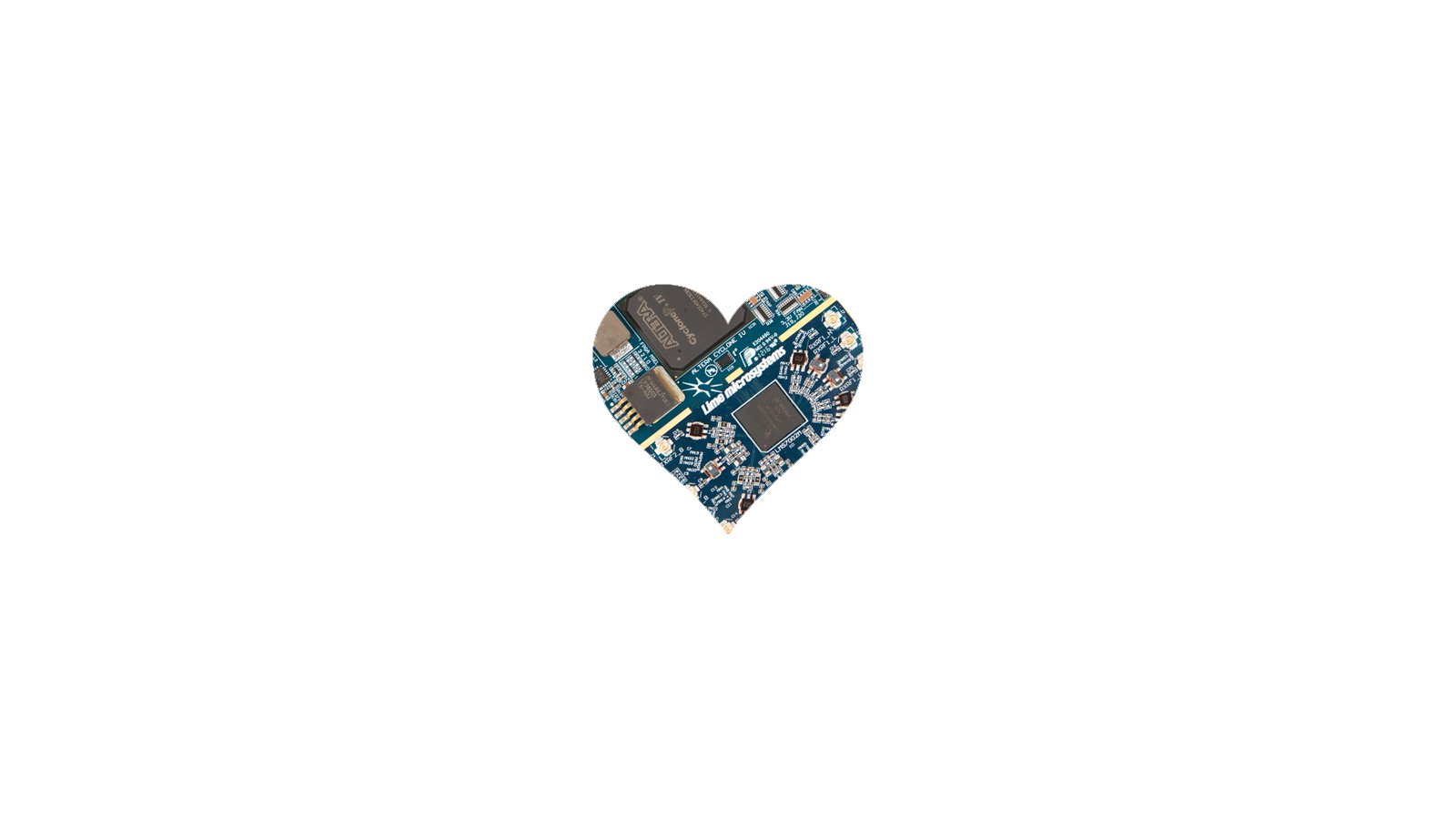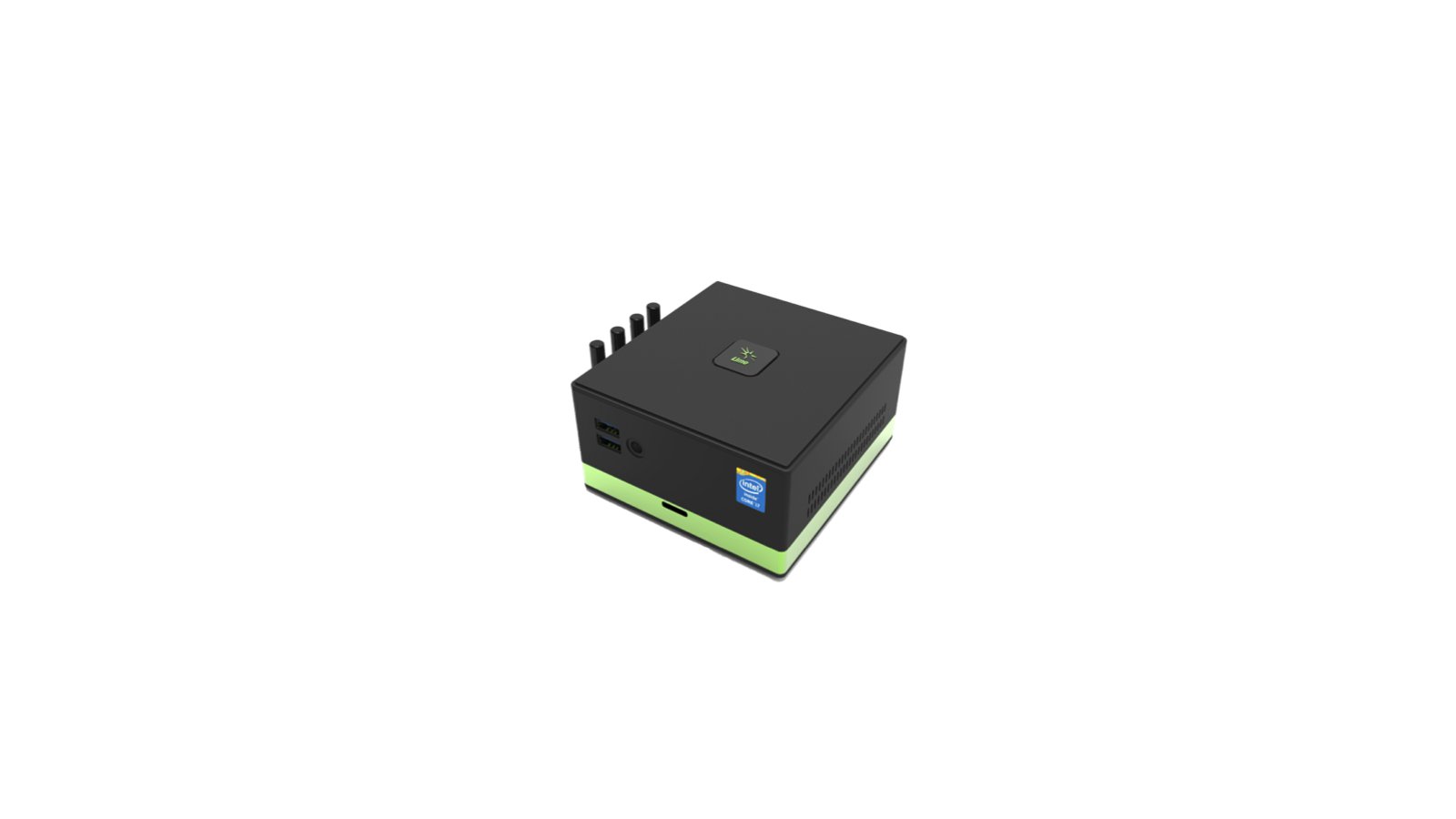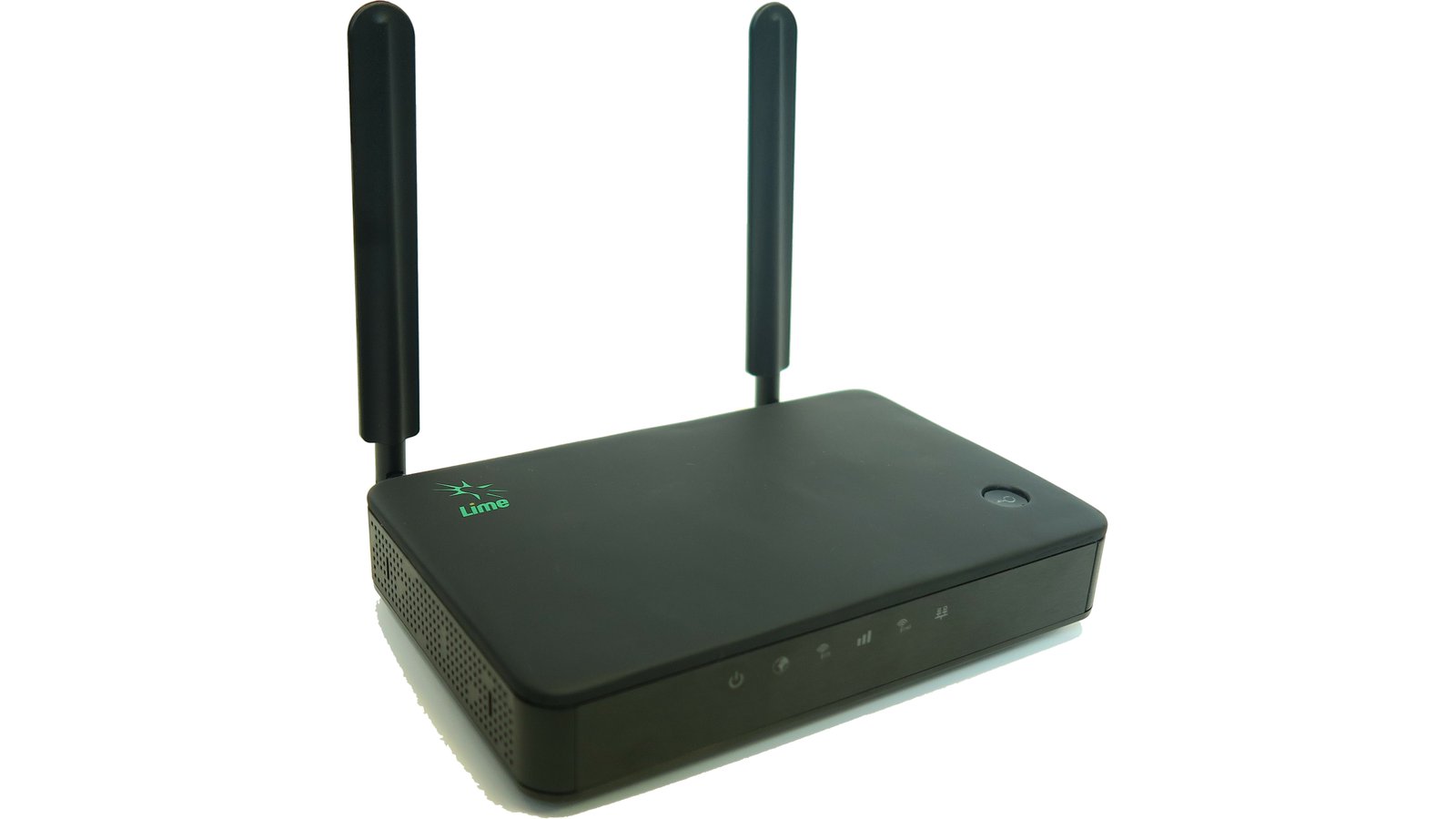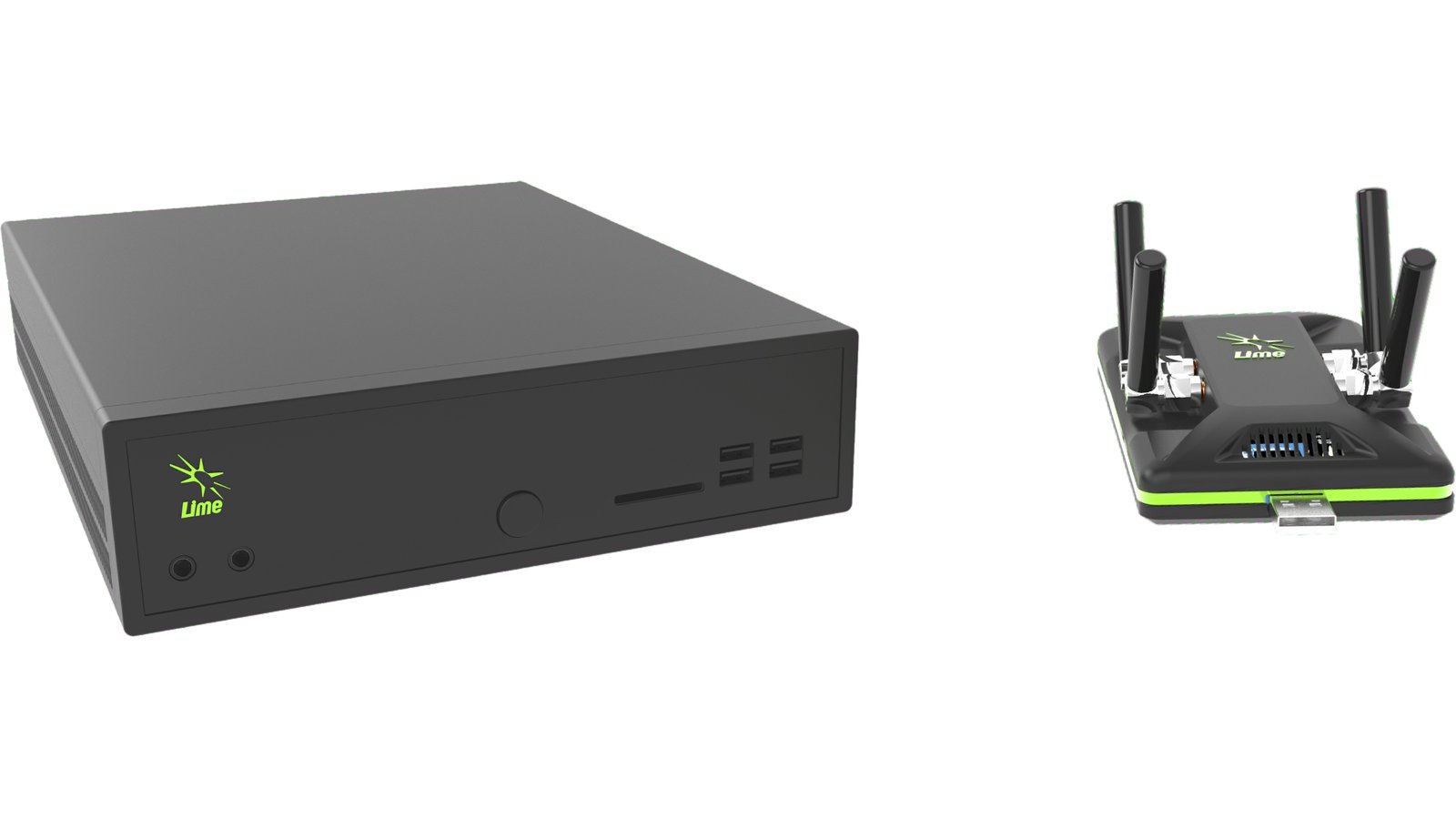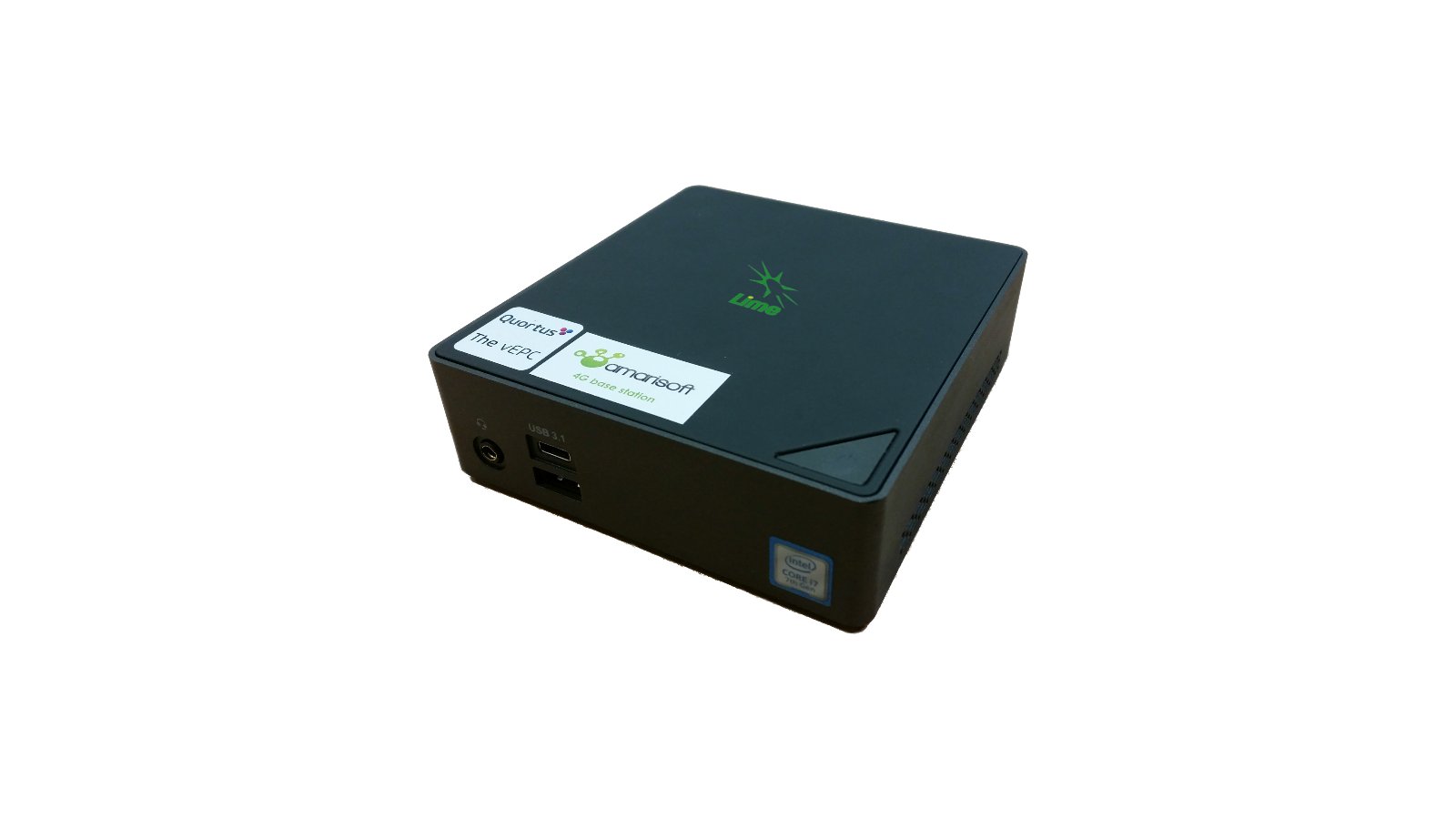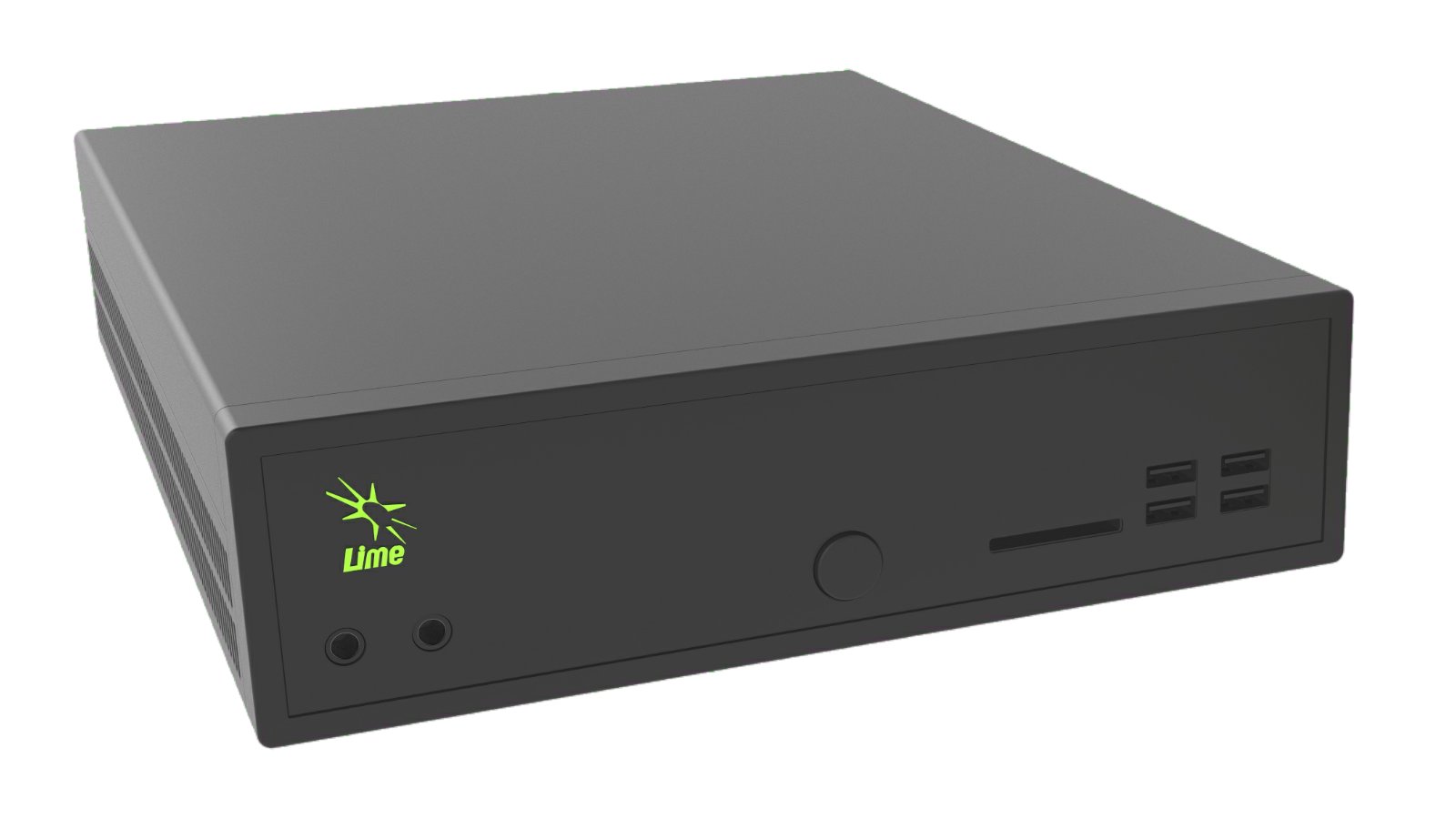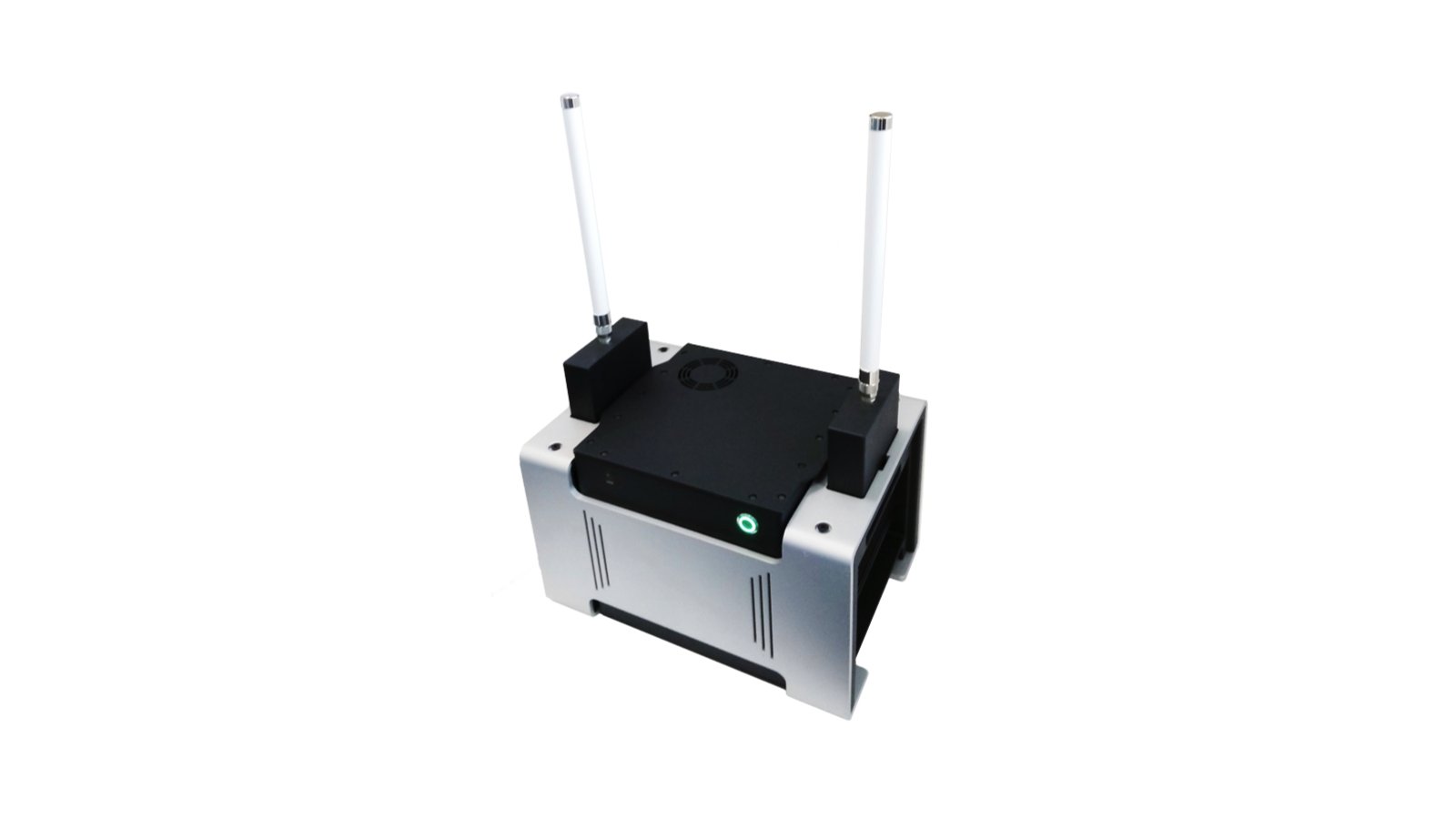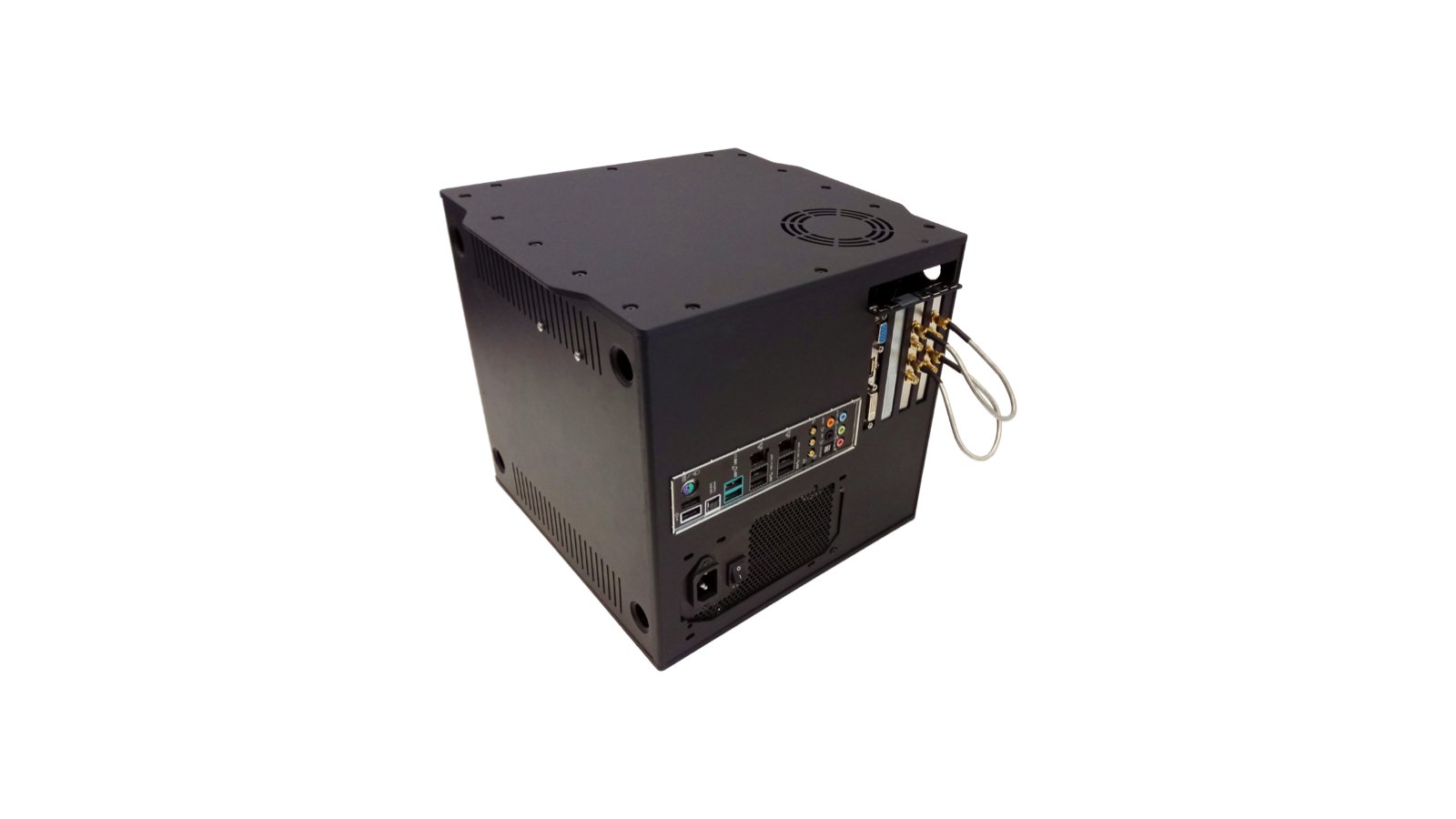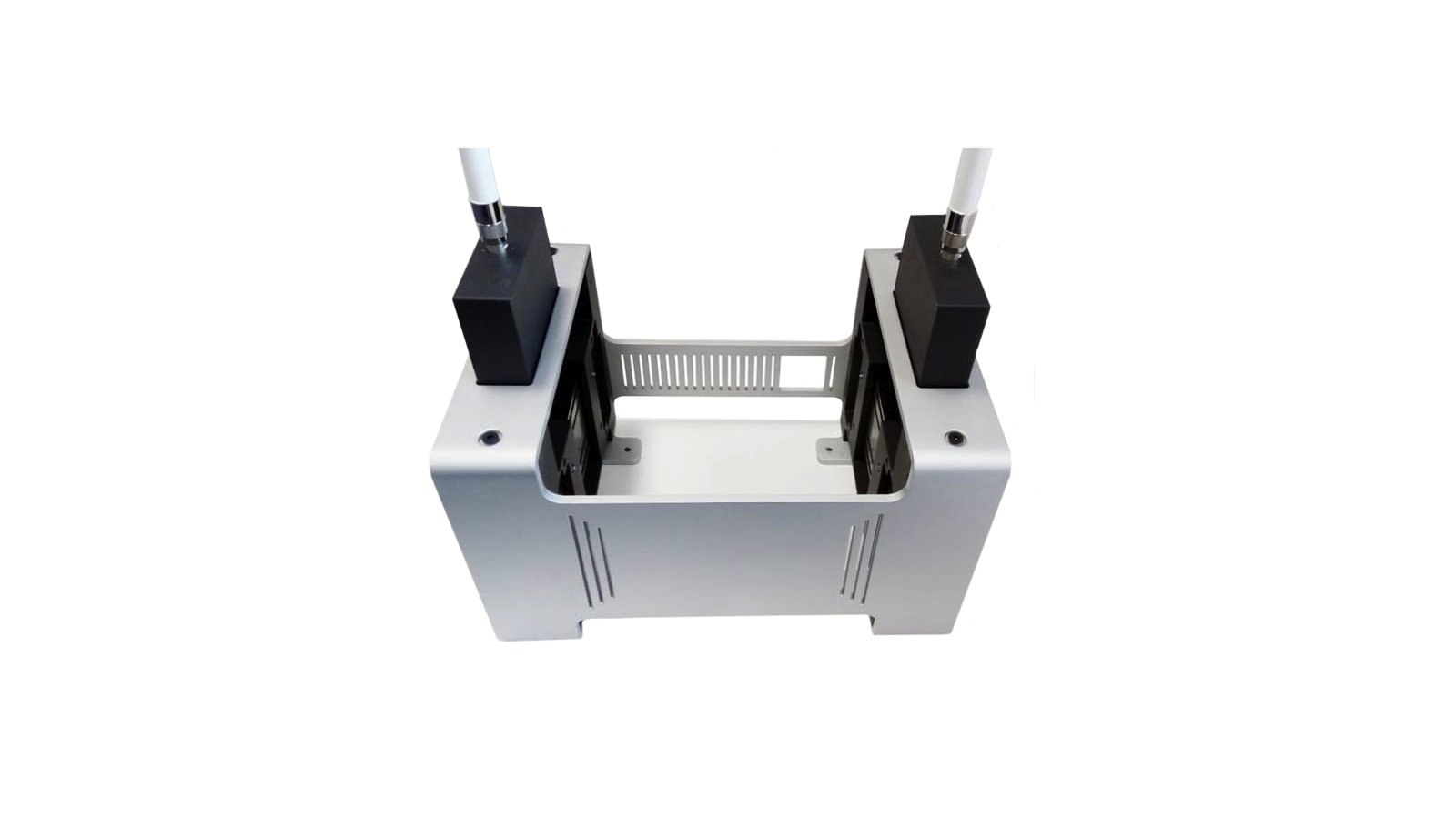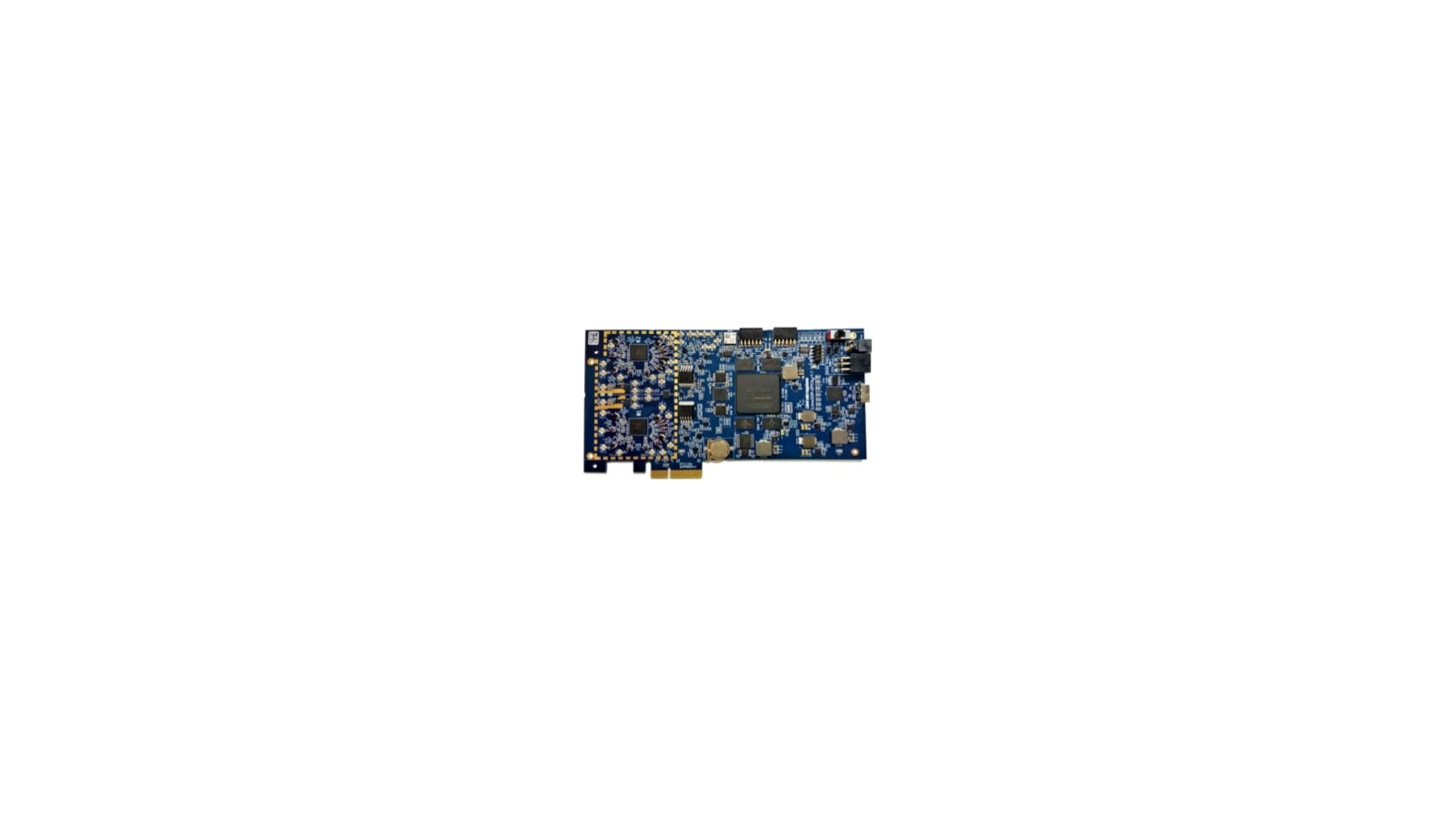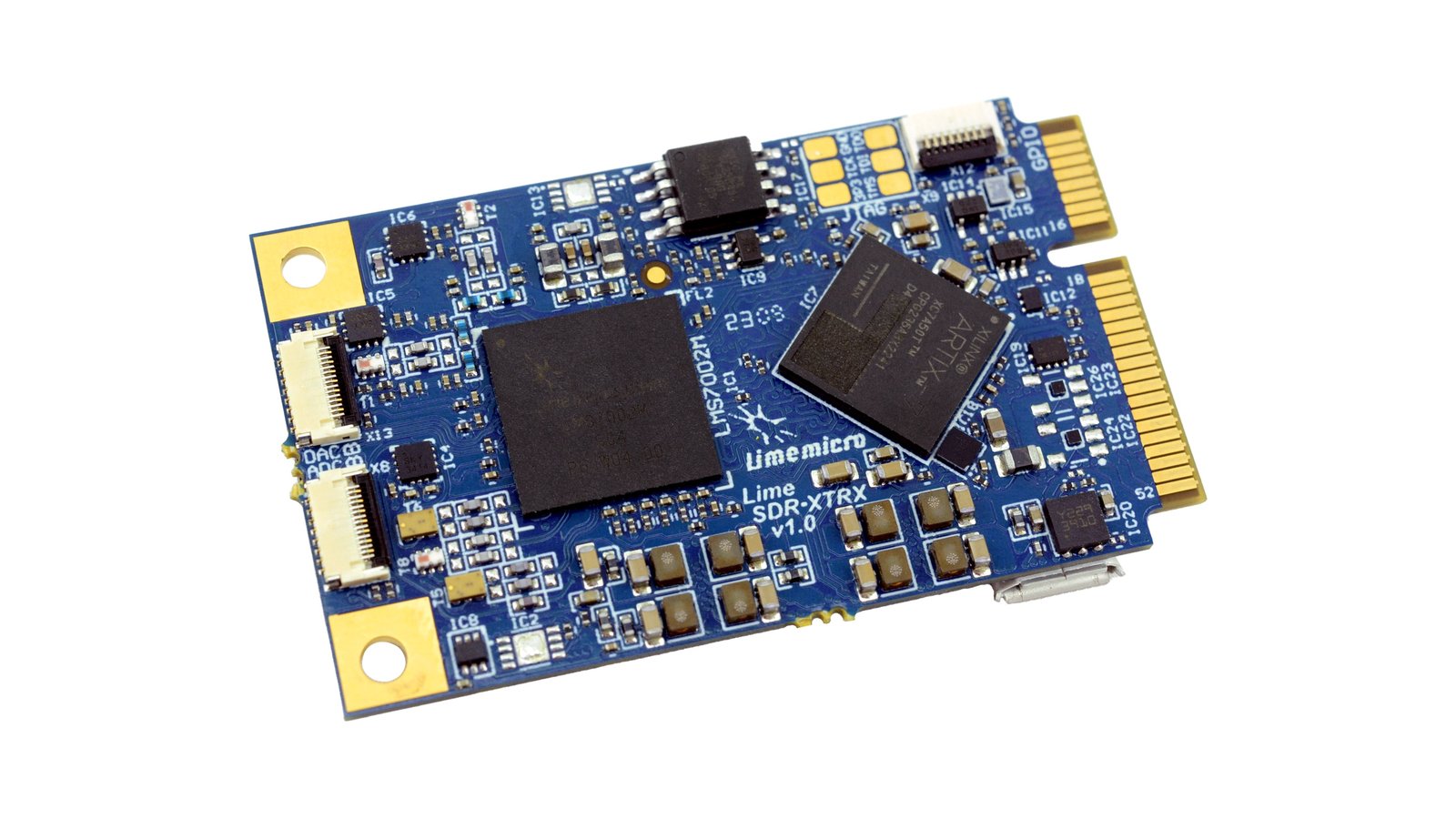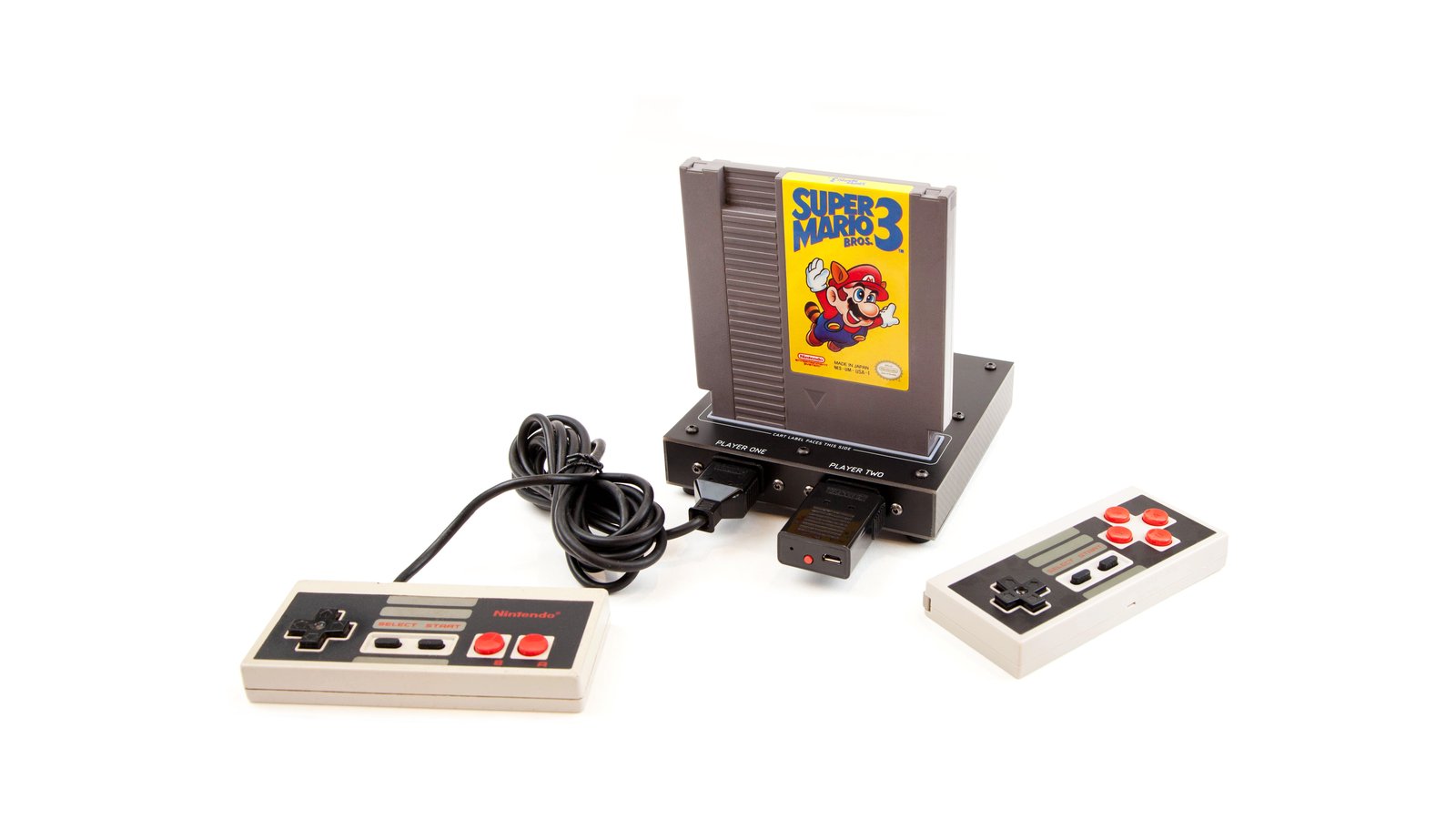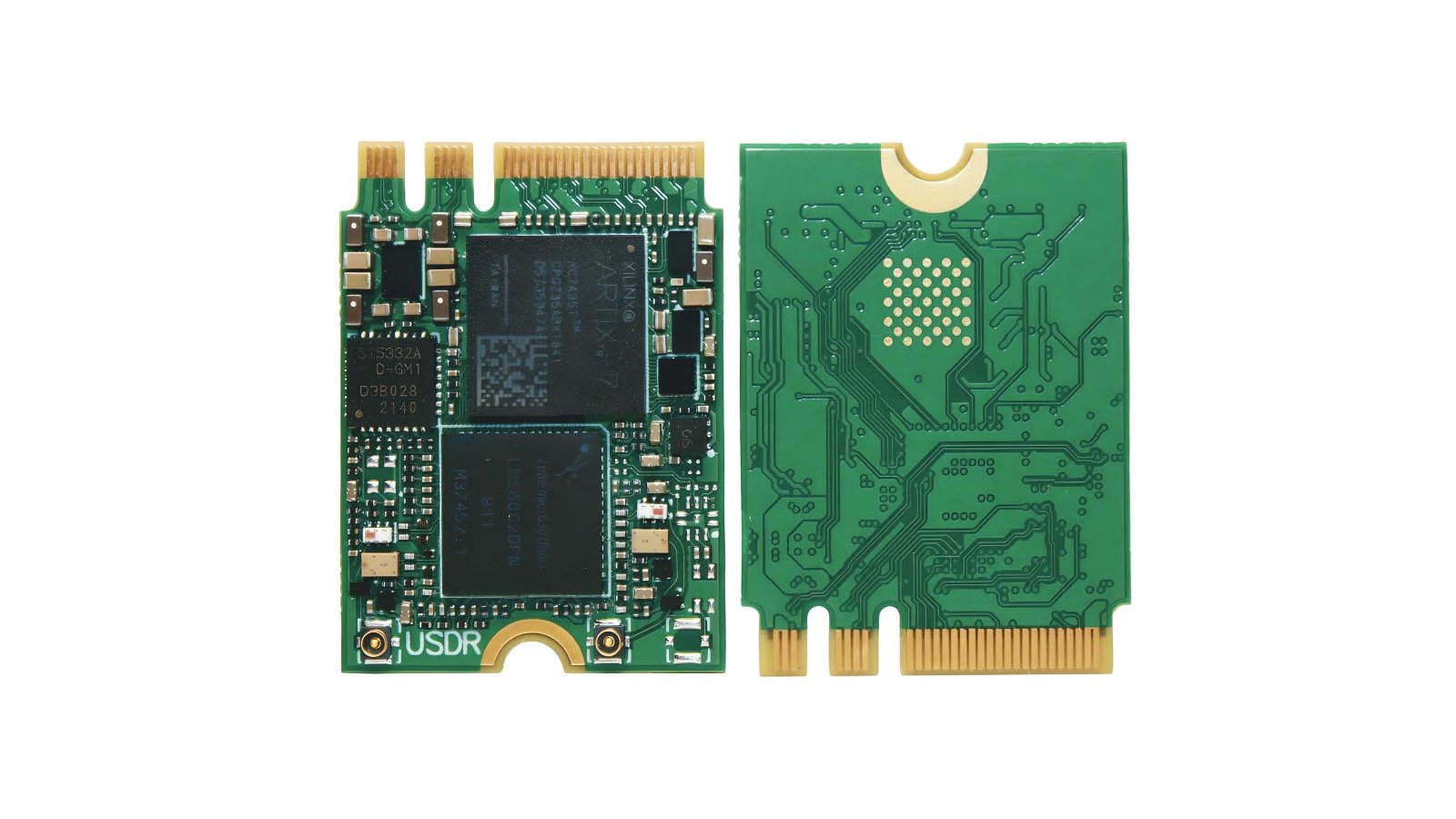Vodafone, a key global operator, is backing LimeNET and supporting us to take our software defined radio technology mainstream with operator deployments. Read the full update here.
Our mission is to democratise wireless innovation. Last year, we launched the LimeSDR campaign as the first step towards this goal. Now, we are launching LimeNET, a new campaign that offers the community a line of pre-qualified hardware with integrated LimeSDR technology. There are three main LimeNET hardware stacks: Mini, Enterprise, and Base Station - all of them are pre-qualified to work with the recently announced Ubuntu App Stores, so you can easily find, share, and publish apps specifically written with LimeSDR technology in mind.
What’s New?
If you’ve been following the LimeSDR project, here’s a summary of what’s new in LimeNET:
- Complete, qualified systems of LimeSDR + commodity hardware that will work with the Ubuntu app store:
- A new, high-performance member of the LimeSDR family - the LimeSDR QPCIe board
- A cellular backhaul connectivity gateway
- Long-range power amplifier offered as part of LimeNET Base Station or on its own
- If you already have a LimeSDR, you can put it to use as an external peripheral with LimeNET hardware
- If you ordered a LimeSDR with Aluminum Kit before the launch of the LimeNET campaign, you get a generous discount on LimeNET Enterprise
- Out-of-the-box support for the HF band (LimeNET Mini only)
Read on for details!
Open Radio Stack
LimeNET extends LimeSDR’s open source software-defined radio ecosystem by offering an array of standard LimeSDR-based hardware configurations on which you can run Ubuntu Core to find, share, publish, and deploy pre-packaged applications ("snaps"). The idea is to replace specialized, closed equipment, software, and knowledge with open source software and commodity hardware. LimeNET is an open alternative to the incumbent, closed wireless model.
| LimeNET Open Model | Incumbent Closed Model |
| Chipset | Readily available and open source software | Closed and proprietary with vendor lock-in |
| Radio Hardware | Readily available and open source | Closed and highly specialised |
| Baseband & Digital | General-purpose motherboards | Proprietary ASICs |
| Software | App-based with worldwide developer network | Closed and expensive with vendor lock-in |
| Deployment & Maintenance | Uses general IT skillset and commodity hardware | Highly specialised and requires OEM support |
What is LimeNET For?
LimeNET is the next step in the evolution of software defined radio. What you actually use it for is completely up to your imagination (and the imagination of thousands of other developers). Broadly speaking, LimeNET is a great option for any application that is a convergence of wireless technologies, such as:
- IoT
- Media streaming
- Test & measurement
- Cellular base stations
For example, at Mobile World Congress (MWC) 2017, there was a demonstration of a complete 4G network running on a commodity laptop connected to a software-defined radio dongle (a LimeSDR!) streaming HD video to standard, off-the-shelf smart phones. Several aspects of this demo were unique:
- Complete LTE stack and EPC was running on low-cost, high-volume equipment
- The APIs and drivers for the radio were completely open source and available to developers worldwide
- None of the software or hardware came from incumbent cellular suppliers
This is just one example. There are plenty of others involving HAM, radio astronomy, AM/FM, GNSS, and more.
Hardware Offerings
In this campaign, we’re offering the LimeNET Mini, LimeNET Enterprise, LimeNET Base Station, and many of their constituent components.
LimeNET Mini
Complete with an integrated LimeSDR USB micro Type-B with added shielding, this mini PC will get you up and running with the LimeNET app store in no time.
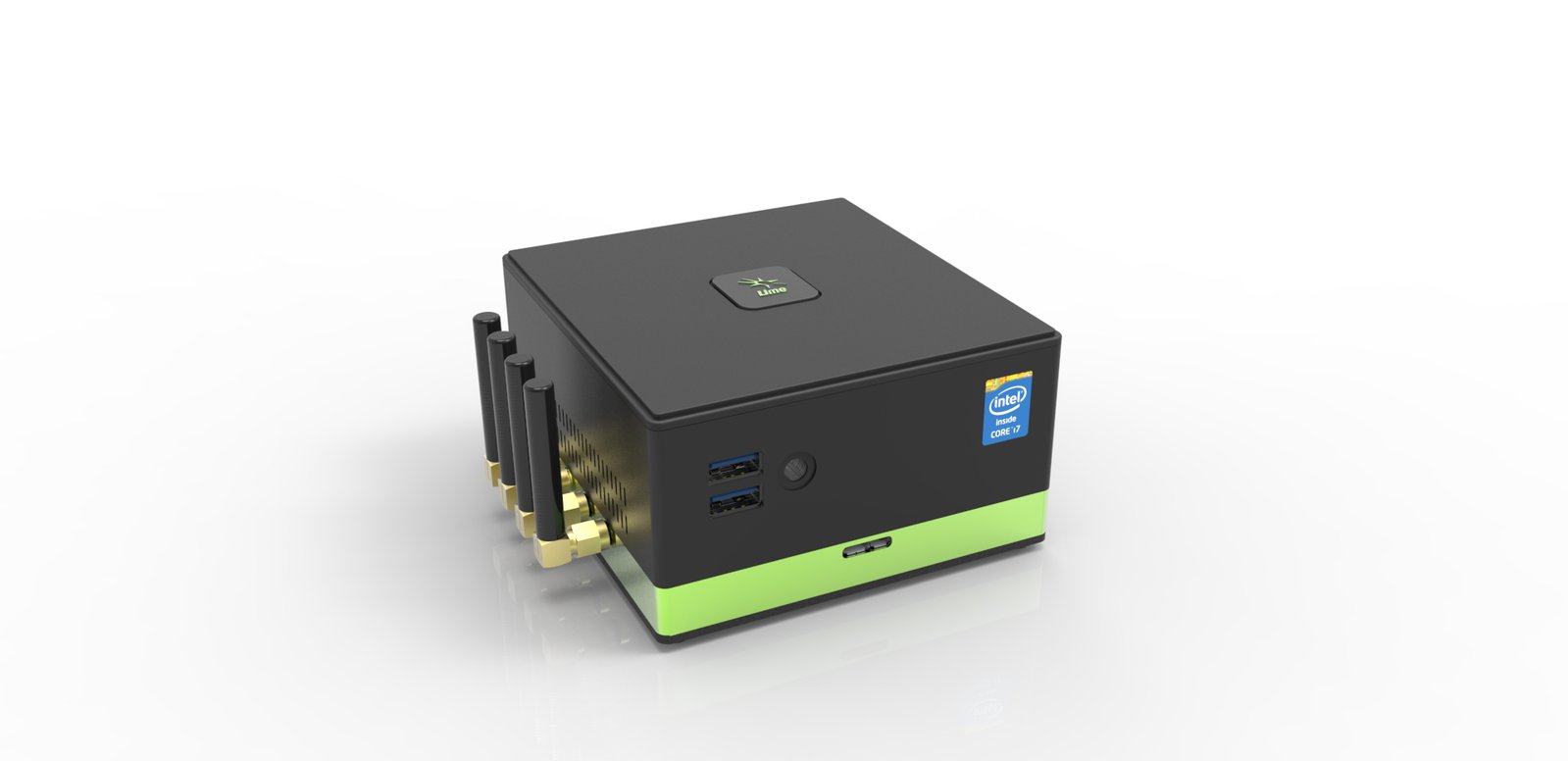
LimeNET Mini
- Mainboard
- Form Factor: 105 x 110 mm
- Processor: Intel Core i7-7500U, two cores, 2.7 GHz (3.5 GHz boost)
- Memory: 32 GB (2 x 16 GB SO-DIMM) DDR4 2133 MHz
- Storage: 512 GB SSD
- Video
- Mini DisplayPort 1.2: 3840 x 2160 @ 60 Hz
- HDMI 2.0: 4096 x 2160 @ 60 Hz
- Audio: Realtek ALC255
- Connectivity
- 1 x USB 3.1 Type-C
- 1 x USB 3.1
- 2 x USB 3.0
- 1 x Gigabit Ethernet
- Wi-Fi + Bluetooth (tentatively Intel Dual Band Wireless-AC 3168)
- Power Supply
- Power adaptor: 19 VDC input @ 3.42 A, 65 W
- Cooling: single fan
- Enclosure
- Material: injection molded plastic and stainless steel
- Dimensions: 11.2 x 12.0 x 5.2 cm (exclusive of antennas)
- Partitions: top (black) holds mini PC, bottom (green) holds LimeSDR
- Radio (Integrated)
- Board: LimeSDR USB micro Type-B
- Shielding: attached to LimeSDR
- Antennas: five (of which one is dedicated for HF reception)
- Cables: 5 x U.FL (internal and pre-installed)
- Transmit Range: Approximately 15 meters for LTE
- Power Amplifier: None
- Filters: None
- Pricing & Availability
- Estimated first shipment: October 2017
- Early bird: $1,899 USD
- Campaign: $2,199 USD
- Pre-order: $2,399 USD
- Retail: $2,599 USD
The LimeNET Mini available both with and without the LimeSDR USB micro Type-B board and associated cabling and antennas pre-installed - complete and bare versions, respectively. You can use an external LimeSDR USB board with a bare version simply be using one of the LimeNET Mini’s external USB ports. However, internally integrating your own LimeSDR within the LimeNET Mini is not supported, as it requires careful soldering to add the RF shielding necessary to protect the integrity of the RF signals from noise from the mini PC. In fact, the bare version’s enclosure doesn’t even include room for an integrated LimeSDR.
Special Offer for LimeSDR Backers
As a token of appreciation to our early LimeSDR backers, we’re making available for a limited time the bare (i.e., without integrated LimeSDR) version of the LimeNET Mini computer at a $400 discount off its standard campaign price. This offer is only available to backers of the LimeSDR USB boards (Type-A, micro Type-B, Aluminum Kit, and respective early birds) who ordered before the launch of the LimeNET campaign (before May 23, 2017). You can take advantage of this discount by entering your original LimeSDR order number in the comments field of your order for a LimeNET Mini. This discount is available until July 13, 2017. Thank you for your early support!
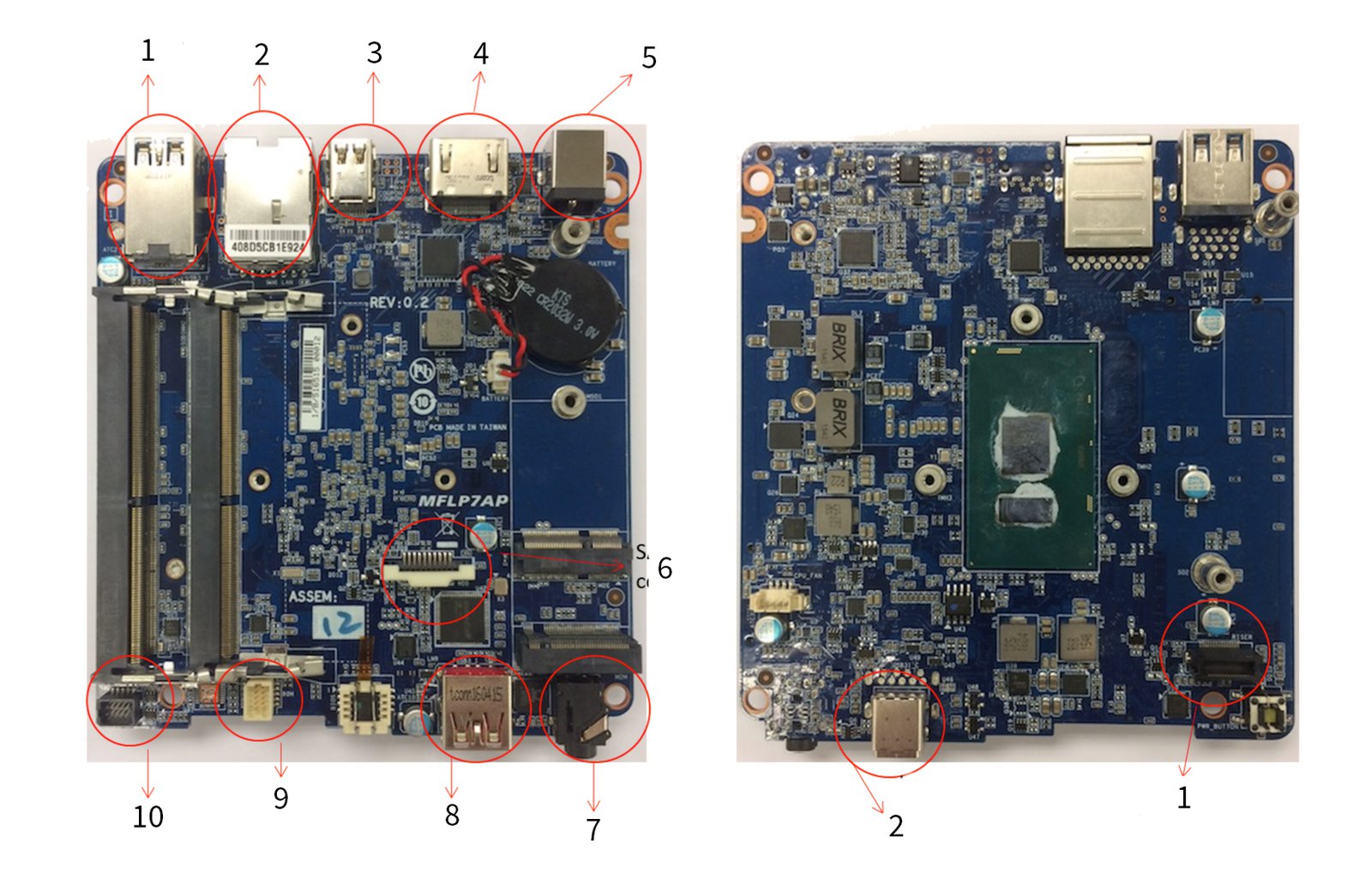
LimeNET Mini ports layout
| Left | Right |
| 1. USB 3.0 | 1. Risecard connector |
| 2. LAN | 2. USB 3.1 Type-C |
| 3. Mini DisplayPort | |
| 4. HDMI 2.0 | |
| 5. DC input | |
| 6. SATA cable connector | |
| 7. Microphone/headset | |
| 8. USB 3.1 Type-A | |
| 9. 30-pin debug connector | |
| 10. Power connector | |
LimeNET Enterprise
This high-performance PC comes with an external LimeSDR with Aluminum Kit.
- Mainboard
- Processor: Intel Core i7-6700, four cores, 3.4 GHz (4 GHz boost)
- Memory: 32 GB (2 x 16 GB) DDR4 2133 MHz
- Storage: 1 TB HDD
- Video: Ultra HD, 1 x DisplayPort + 1 x HDMI
- Audio: headphone jack + microphone jack
- Connectivity:
- 6 x USB 2.0
- Power Supply
- Power adaptor: 19 V @ 4.73 A, 90 W
- Cooling: custom heat pipe cooling with two fans
- Enclosure
- Material: metal
- Dimensions: 16.5 x 19.0 x 4.3 cm
- Radio (External)
- Board: LimeSDR with Aluminum Kit
- Shielding: CNC-milled aluminum enclosure
- Antennas: 4 x
- Cables: 4 x U.FL (inside aluminum case)
- Transmit Range: Approximately 15 meters for LTE
- Power Amplifier: None
- Filters: None
- Pricing & Availability
- Estimated first shipment: October 2017
- Without LimeSDR: $1,899* USD
- With LimeSDR: $2,699 USD
- Pre-order: $2,899 USD
- Retail: $2,999 USD
* The reduced-price version of LimeNET Enterprise without the LimeSDR with Aluminum Kit is available only to backers of the LimeSDR with Aluminum Kit who placed their order during the original LimeSDR campaign and pre-order period (April 28, 2016 - May 18, 2017). This special pricing is our way for thanking them for their early support and it is one small way we can try to make up for the late delivery of their units.
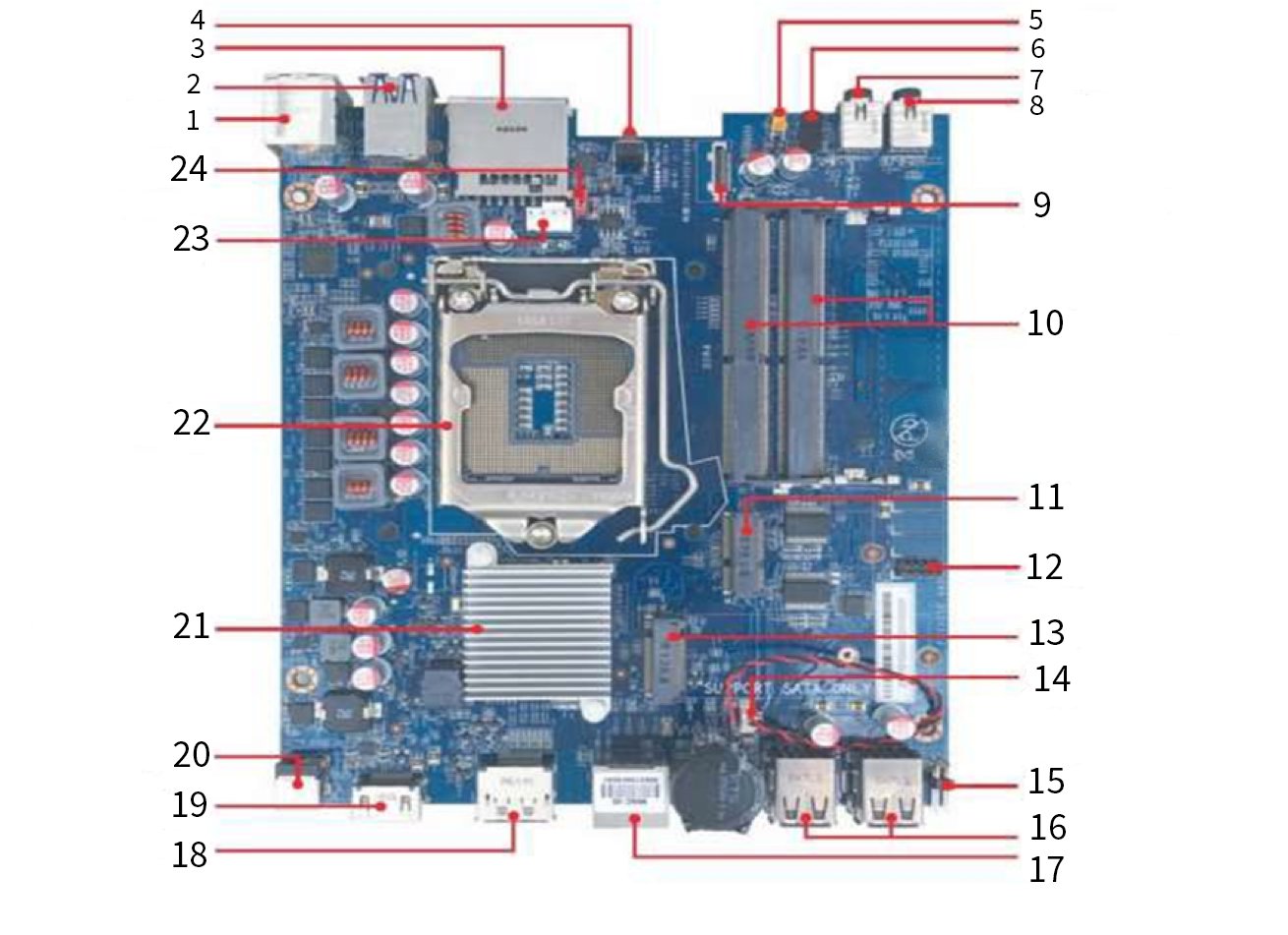
LimeNET Enterprise mainboard
| |
| 1. 2 x USB 2.0 | 13. M.2 2242/2260 M key slot |
| 2. 2 x USB 3.0 | 14. battery connector |
| 3. SD card reader slot | 15. clear CMOS & power button |
| 4. power button | 16. 4 x USB 2.0 |
| 5. HDD LED | 17. Ethernet port |
| 6. power LED | 18. DisplayPort |
| 7. headphone | 19. HDMI port |
| 8. microphone input | 20. DC power input |
| 9. SATA cable connector | 21. Intel H1 10 chipset |
| 10. DDR4 SO-DIMM slots | 22. LGA1151 package CPU socket |
| 11. M.2 2230 A,E key slot | 23. fan connector |
| 12. debug connector | 24. AC back auto power |
LimeNET Base Station
The LimeNET Base Station is a limited-edition, highly discounted combination of the LimeNET Core and LimeNET Amplifier Chassis detailed below. This is everything you need to set up your own cellular network, all in one compact package and with a savings of over $7,000.
LimeNET Core
A top-of-the-line gaming PC outfitted with a newly developed LimeSDR QPCIe board, the LimeNET Core is a software defined radio powerhouse.
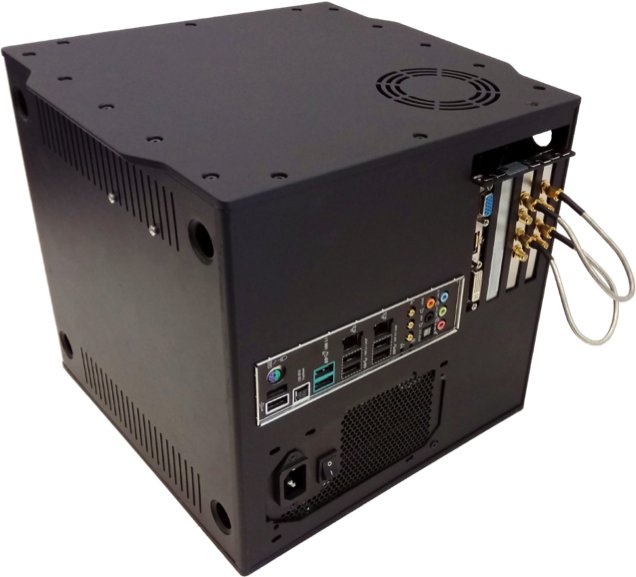
LimeNET Core
- Mainboard
- Form factor: ASUS X99-M WS micro-ATX
- Processor: Intel Core i7-6950X, 10 cores, 20 threads, 3 GHz (3.5 GHz boost), 25 MB smart cache
- Memory: 64 GB (4 x 16 GB) DDR4 2133 MHz
- Storage: 1 TB SATA 3 M.2 SSD
- Video: GIGABYTE GV-N210SL-1GI graphics card with NVIDIA GeForce 210
- Audio: 8-channel Crystal Sound 2 and 12,000-hour capacitors
- Connectivity
- 2 x USB 3.1
- 4 x USB 3.0
- 2 x USB 2.0
- 8 x SATA 6 Gb/s
- 2 x Gigabit Ethernet
- 3x3 802.11ac Wi-Fi
- 1 x Bluetooth 4.0
- Power supply
- Internal PSU: Corsair CX750M, 750 W
- Cooling: six fans
- Enclosure
- Material: coated aluminum
- Dimensions: 26.5 x 27.0 x 26.0 cm
- Radio (Internal)
- Board: LimeSDR QPCIe
- Shielding: CNC-milled aluminum enclosure
- Antennas: 4 x
- Cables: 4 x U.FL (inside aluminum case)
- Transmit Range: Approximately 15 meters for LTE
- Power Amplifier: None, but compatible with LimeNET PA Module
- Filters: None, but compatible with LimeNET PA Module
- Pricing & Availability
- First Shipment: November 2017
- Campaign: $7,699 USD
- Pre-order: $8,099 USD
- Retail: $8,499 USD
The following image shows the current internal components of the LimeNET Core. The exact make and model of the RAM and SSD components may change based on availability at the time of manufacture.
| |- | 1. Intel Core i7 - 6950X Processor Extreme Edition | 2. Crucial CT16G4DFD8213 64GB (4x 16GB) DDR4 2133 MHz | 3. Pre-amp bracket: MIMO 15 db LNA, MIMO TX SAW filter, MIMO 20 db PA | 4. GIGABYTE GV-N210SL-1GI graphics card with NVIDIA GeForce 210 | 5. Crucial MX300 SATA 3 internal 1 TB SSD w/ M.2 interface | 6. Corsair CX750MW Power Supply Unit | 7. LimeSDR QPCIe board | 8. ASUS X99-M WS micro-ATX mainboard
LimeNET Amplifier Chassis
Designed to mate perfectly with LimeNET Core, the LimeNET Amplifier Chassis provides the necessary hardware to turn your SDR setup into a long range wireless network.
- Chassis
- Material: thick, monolithic aluminum body
- Dimensions: 42 x 29 x 25 cm (aluminum body only)
- Amplifier
- Set of two (MIMO) 10 W RF output power amplifier + duplexer + antenna
- Choice of band: 700 MHz, 1.8 GHz, 2.6 GHz, 3.5 GHz
- Pricing & Availability
- Estimated first shipment: February 2018
- Campaign: $13,199 USD
- Pre-order: $13,999 USD
- Retail: $14,999 USD
LimeSDR QPCIe
Whereas the LimeNET Mini and LimeNET Enterprise are based on the original LimeSDR USB boards (micro Type-B and Type-A, respectively), the LimeNET Core, and therefore the LimeNET Base Station, are based on the entirely new LimeSDR QPCIe board. This new board is a much more sophisticated version of the original LimeSDR PCIe board. In particular, it has two LMS7002 transceiver chips instead of one, which allows for a 4x4 MIMO configuration instead of a 2x2 MIMO configration.
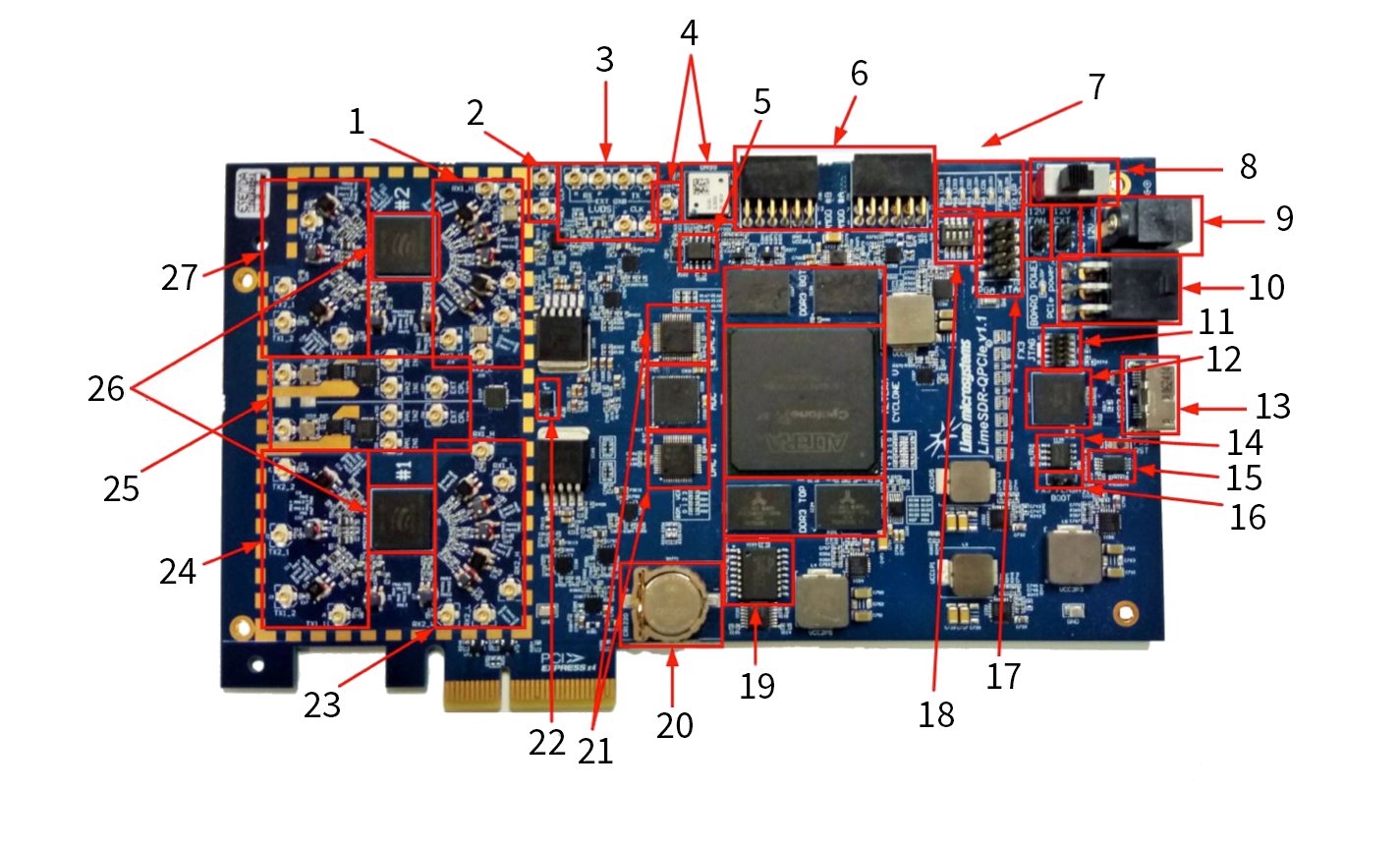
LimeNET QPCIe board (front side)
|
| 1. RF RX connectors | 15. IC43 - EEPROM |
| 2. J43, J42 - reference clock in and out | 16. IC43 - FX3 flash boot jumper |
| 3. LVDS interface | 17. J28 - FPGA JTAG (0.1”) |
| 4. IC40, J41 - GNSS receiver and antenna connector | 18. SW2 - 4-bit switch |
| 5. IC38 - FLASH memory | 19. IC21, IC23 - FPGA configuration flash memory |
| 6. J39, J38 - 2 x PMOD connectors | 20. BATT1-RTC backup battery |
| 7. LEDs | 21. IC39 - temperature sensor |
| 8. SW3 - power control switch | 22. IC39 - temperature sensor |
| 9. J44 - external 12 V power supply connector | 23. RF RX connectors |
| 10. J45 - 6-pin PCIe power connector | 24. RF TX connectors |
| 11. J31 - FX3 JTAG (0.05”) | 25. RF PAs, switches, and connectors |
| 12. IC34 - USB 3.0 controller (FX3) | 26. IC1, IC4 - 2 x FPRF LMS7002M transceivers |
| 13. J29 - USB 3.0 connector (micro Type-B) | 27. RF TX connectors |
| 14. IC35 - FX3 flash memory | |
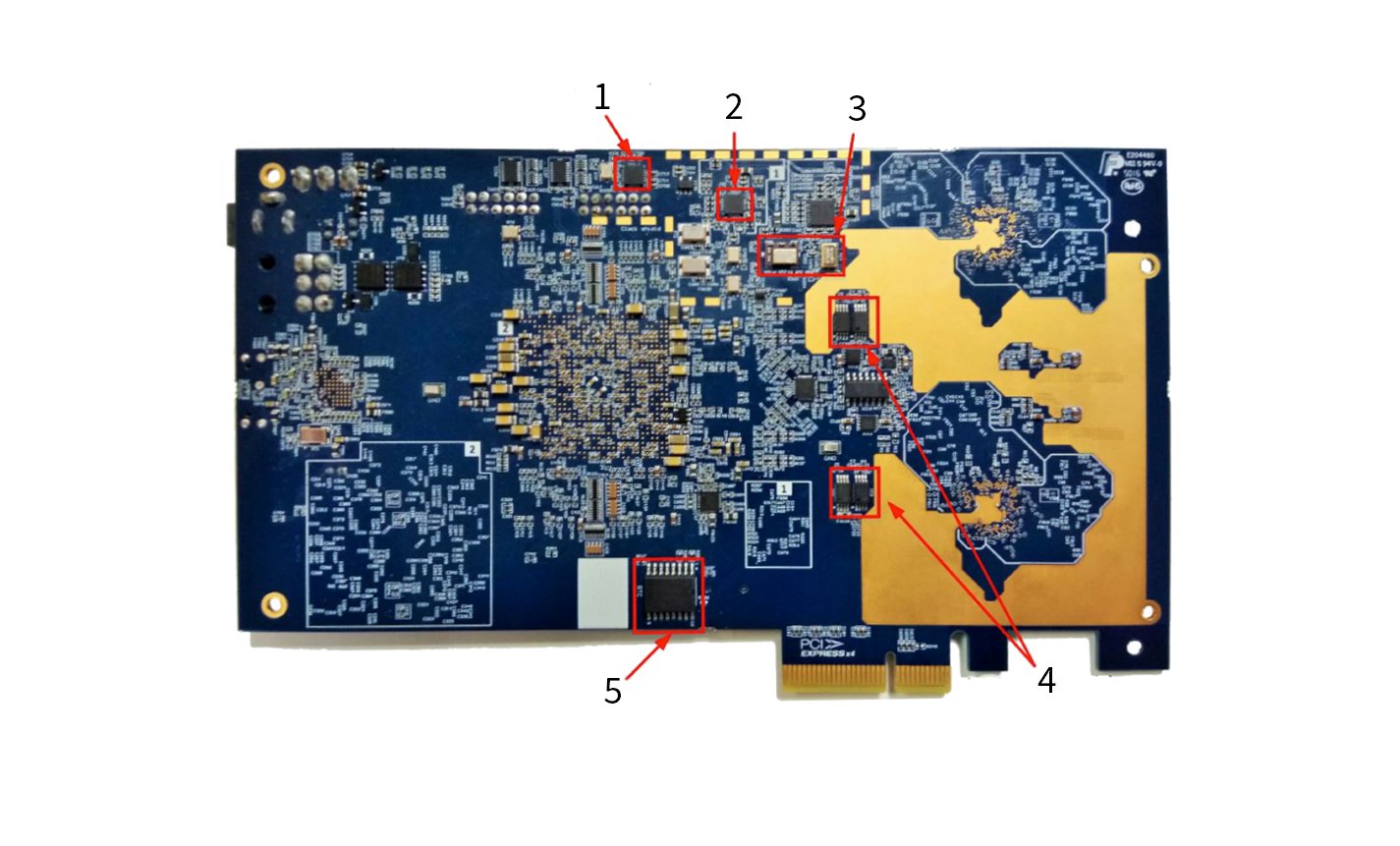
LimeNET QPCIe board (back side)
| |- | 1. IC49 - clock synthesizer | 2. IC46 - phase detector | 3. XO1-3 VCTXO | 4. IC2, IC3, IC5, IC6-RF transceivers EEPROMs | 5. IC42, real time clock
Note: While you can use the LimeSDR QPCIe board with other computers, LimeNET Core and, by extension, LimeNET Base Station are the only complete systems we’ve tested and pre-qualified as part of the LimeNET ecosystem. Of course, we encourage developers to integrate LimeSDRs of all flavors into new hardware configurations, but our ability to support and maintain hardware configurations is currently limited to those in the LimeNET family.
LimeNET Gateway
LimeNET Gateway is a complete, certified, high-bandwidth cellular gateway that provides Wi-FI and Ethernet Internet connectivity backed by a connection to a 2G, 3G, or 4G macrocell. It provides users with downlink and uplink throughput of 150 and 50 Mbps, respectively, and can connect to any operator network with a SIM card (not included). Save $100 off the retail price.
- Downlink: 150 Mbps
- Uplink: 50 Mbps
- Cellular connectivity: 2G, 3G, 4G
- Dimensions: 190 x 120 x 30 mm
- Weight: 400 g
- Accessories: antennas (2), power adaptor, Ethernet cable
LimeNET Gateway Example
Software, Drivers, and App Store
LimeNET is built on a robust, community-driven software stack, including:
Check out our Ubuntu app stores for more information:
Manufacturing Plan
As with the original LimeSDR campaign, which has already delivered thousands of software-defined radios to developers worldwide, we will continue to use our established network of trusted manufacturing and assembly partners in Taiwan and the UK.
Shipping & Fulfillment
All LimeNET products have free worldwide shipping. Orders being shipped to the EU will ship from the UK. Orders being shipped outside of the EU will ship from Crowd Supply’s US-based fulfillment facility. The recipient is responsible for all import fees and duties. You can find out more about fulfillment in the Crowd Supply Guide.
Risks & Challanges
A lot of time went into developing and testing everything offered in this campaign, so we are confident there is minimal risk involved. We of course face the usual risks associated with manufacturing (e.g., parts shortages).
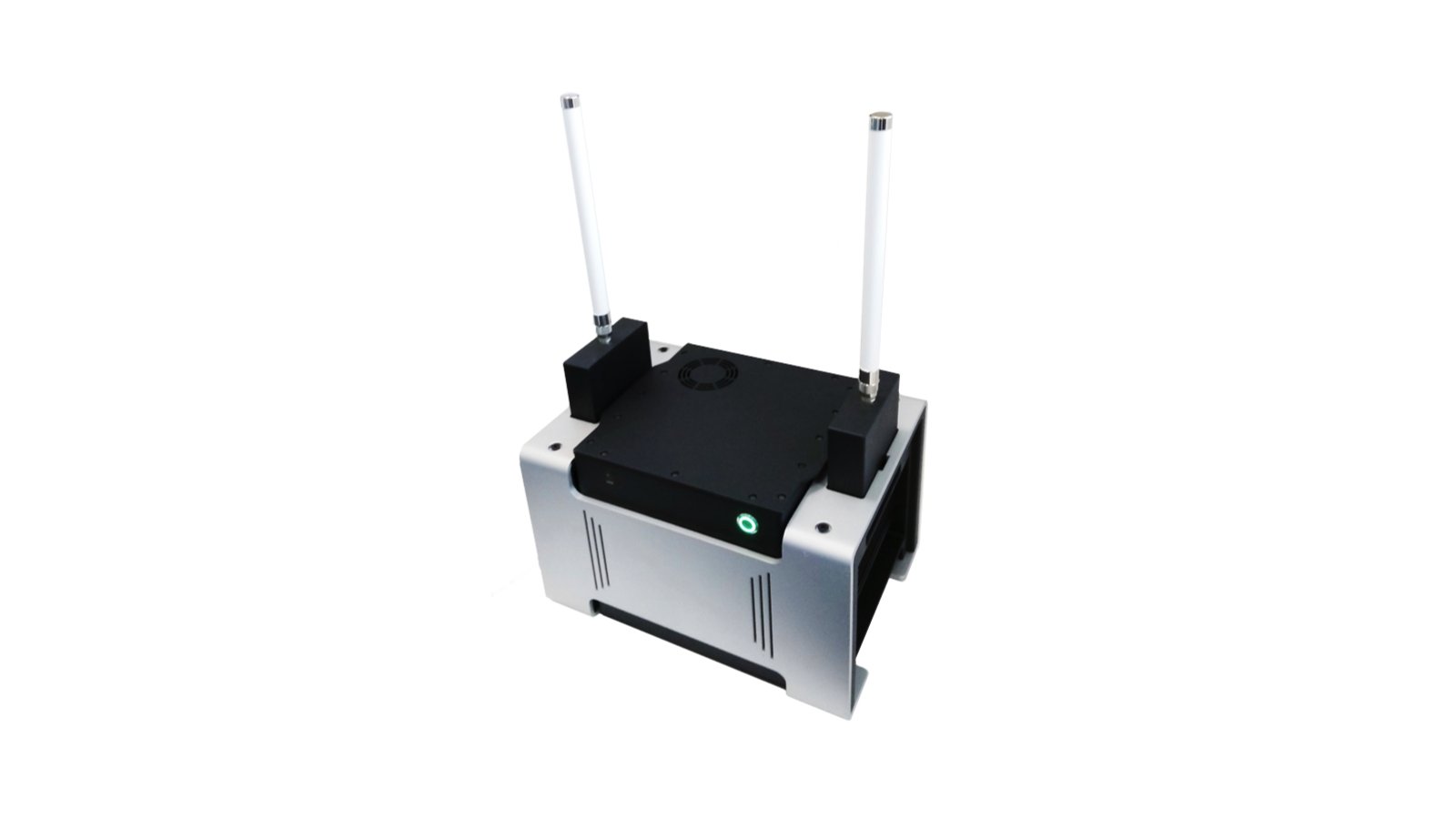
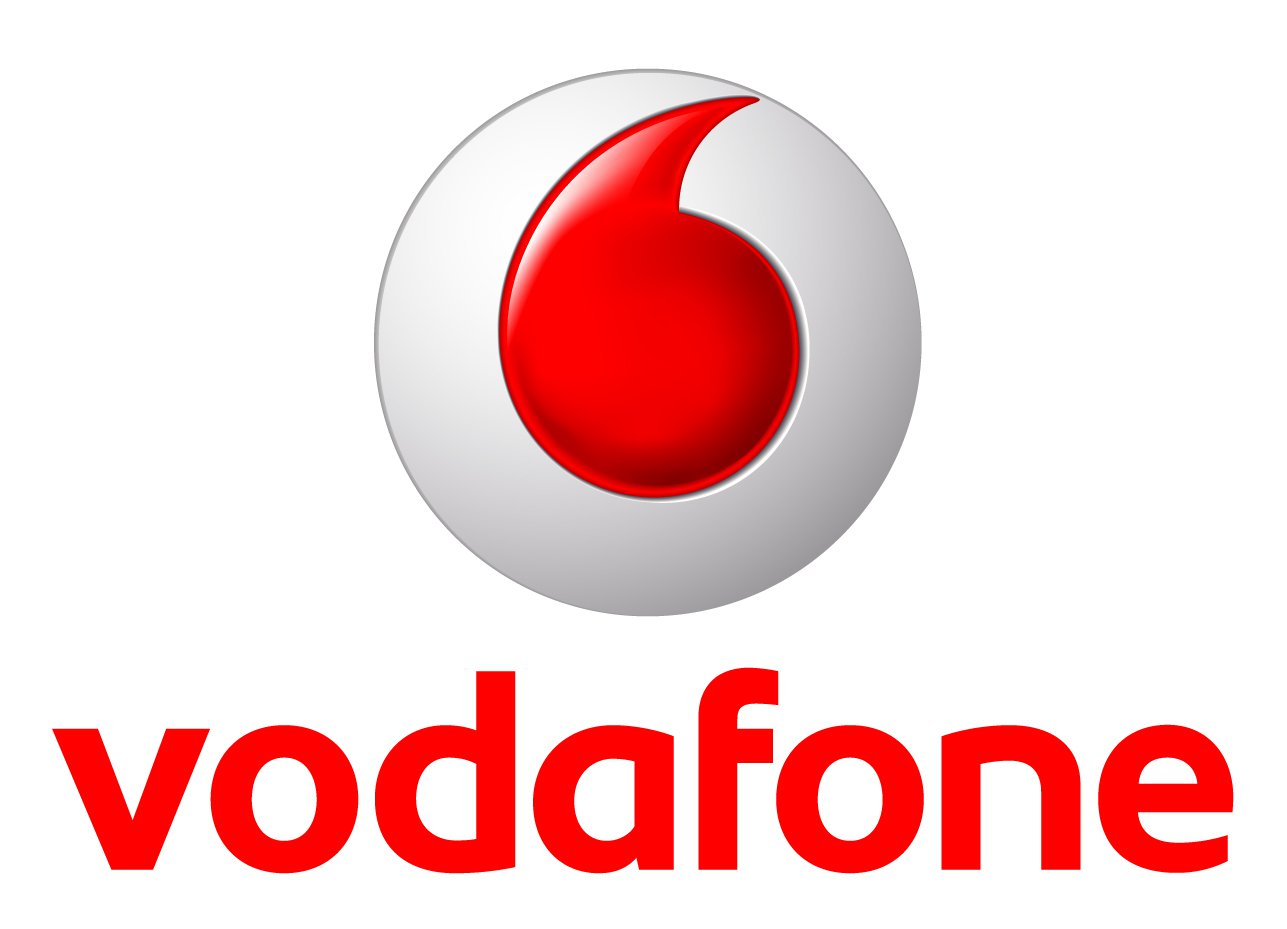
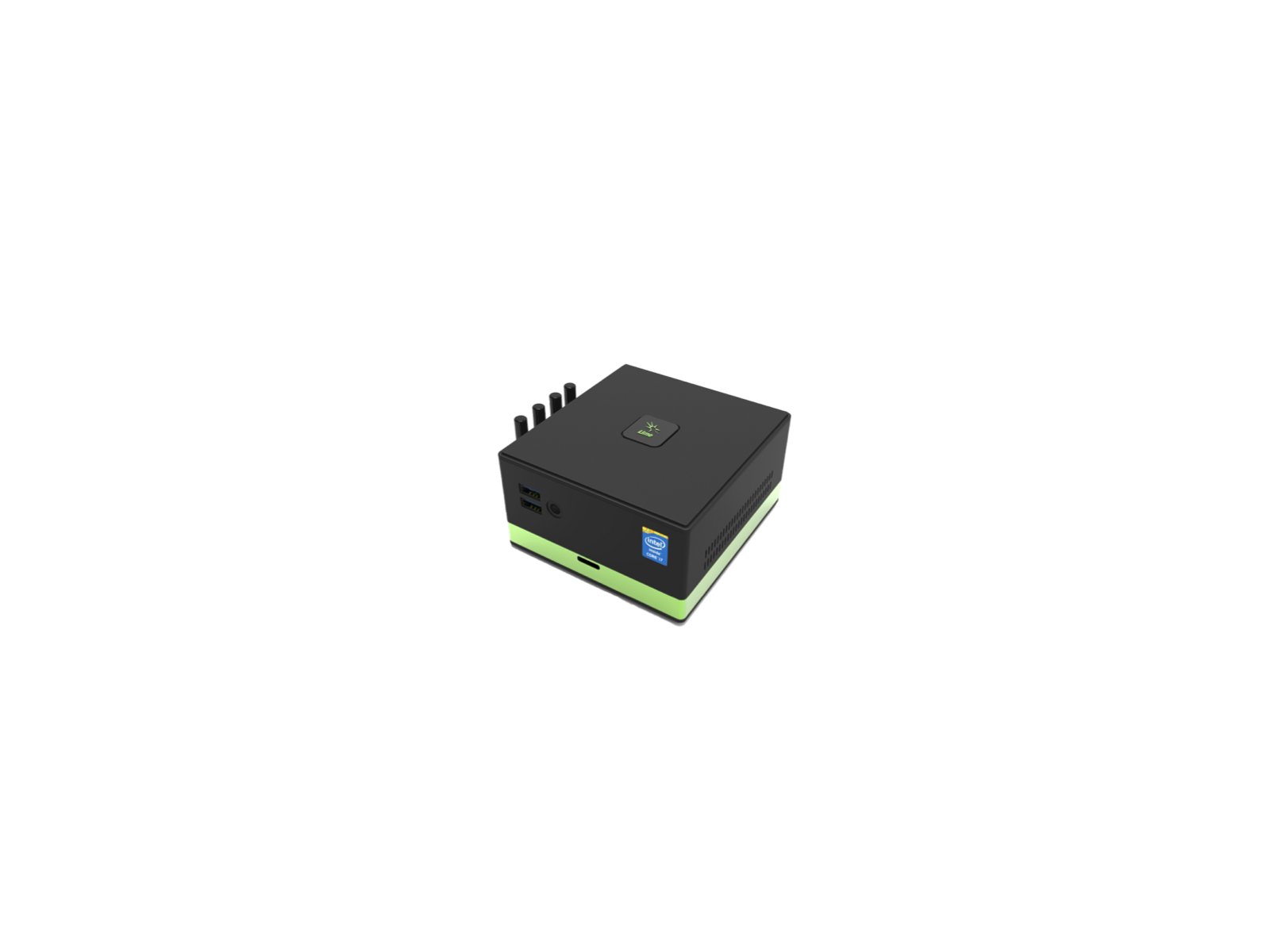
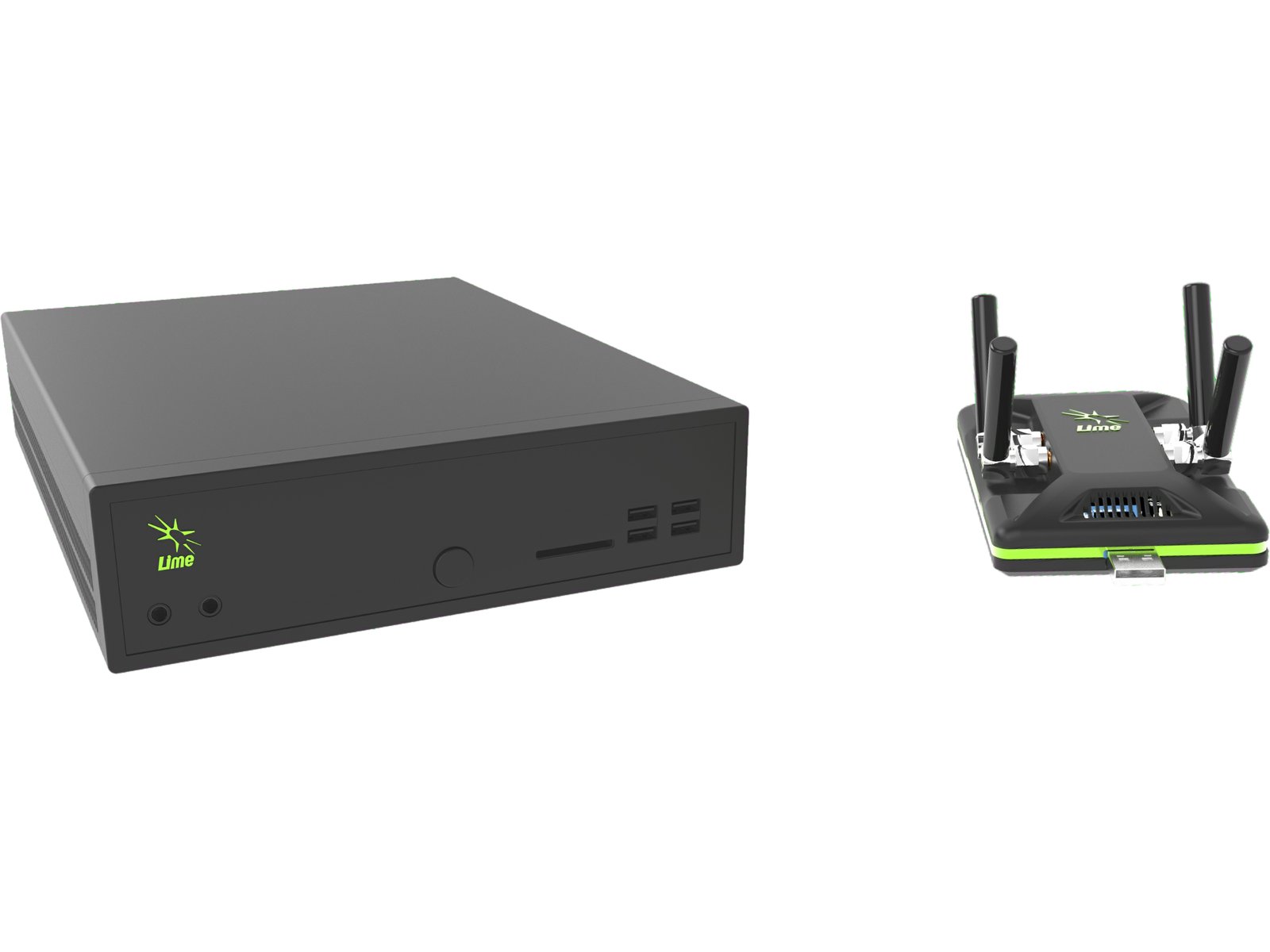
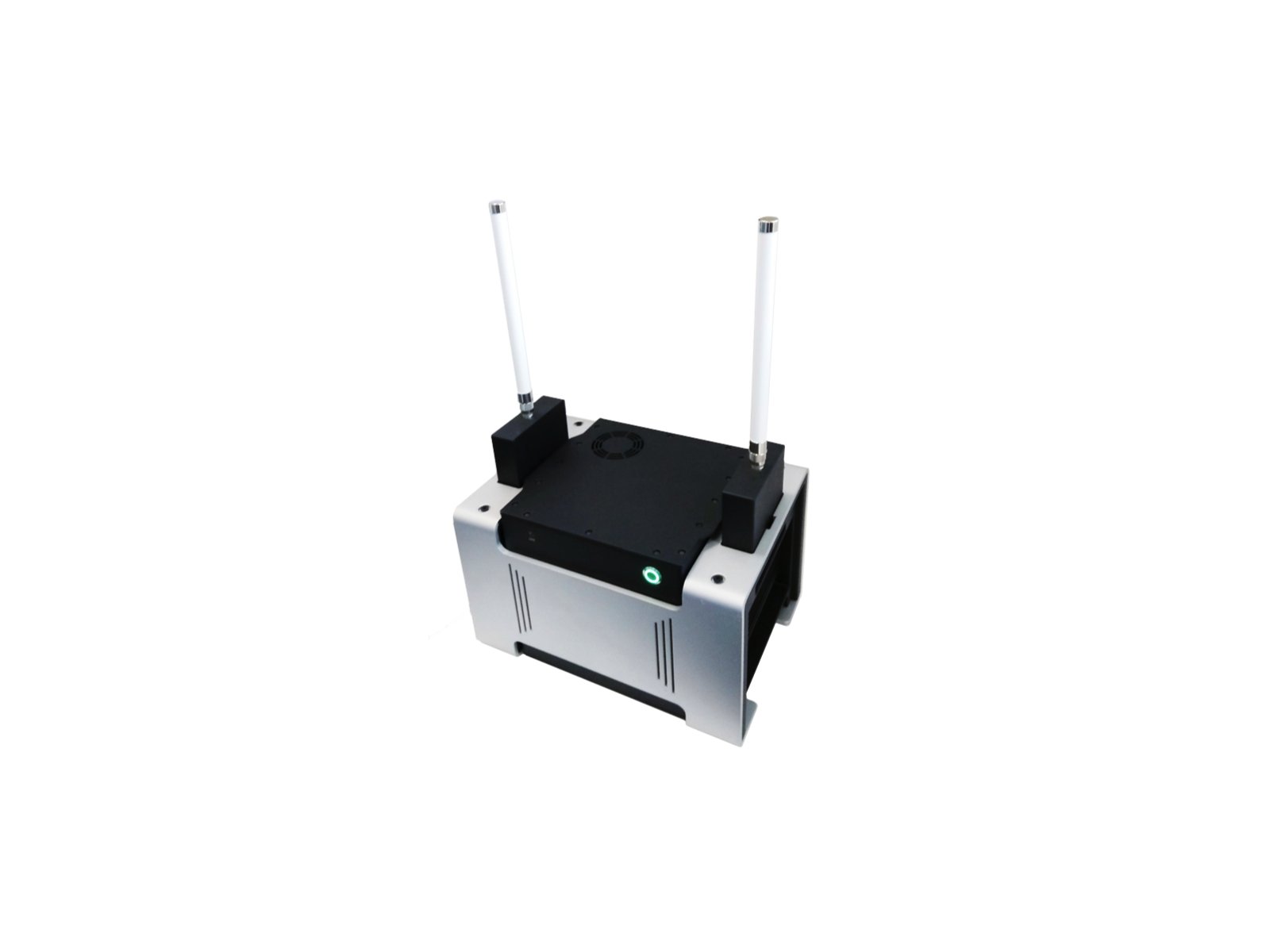




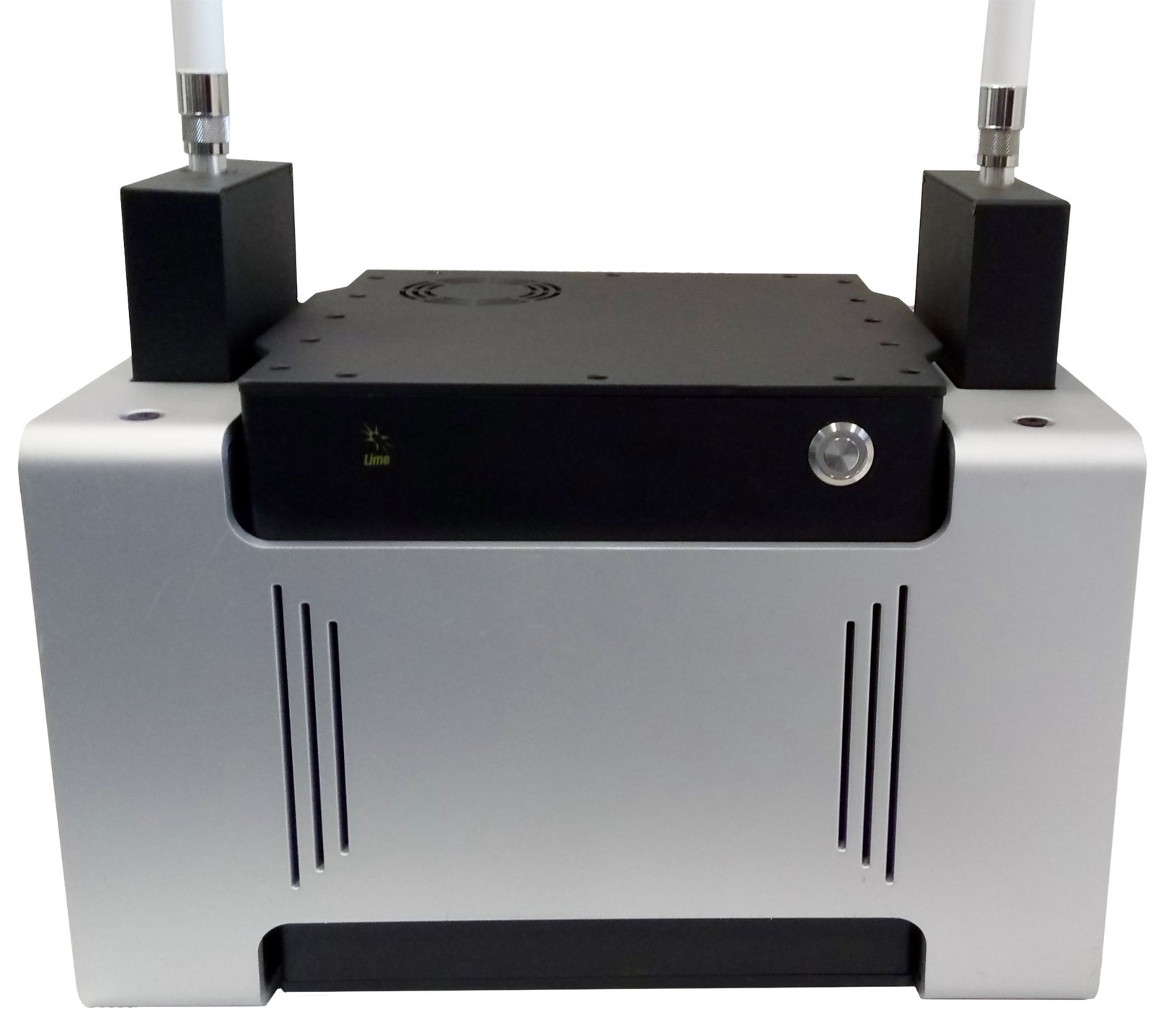
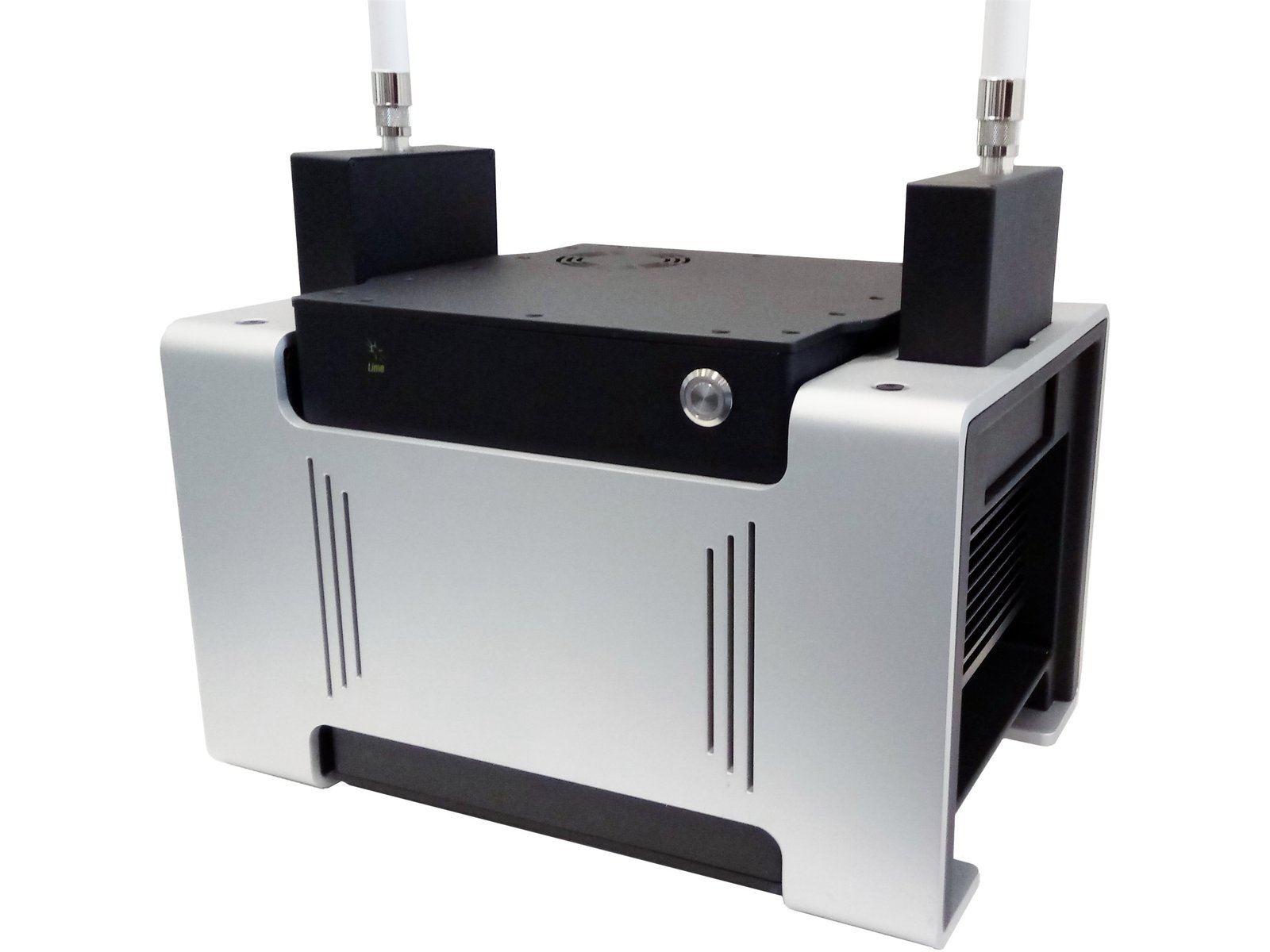

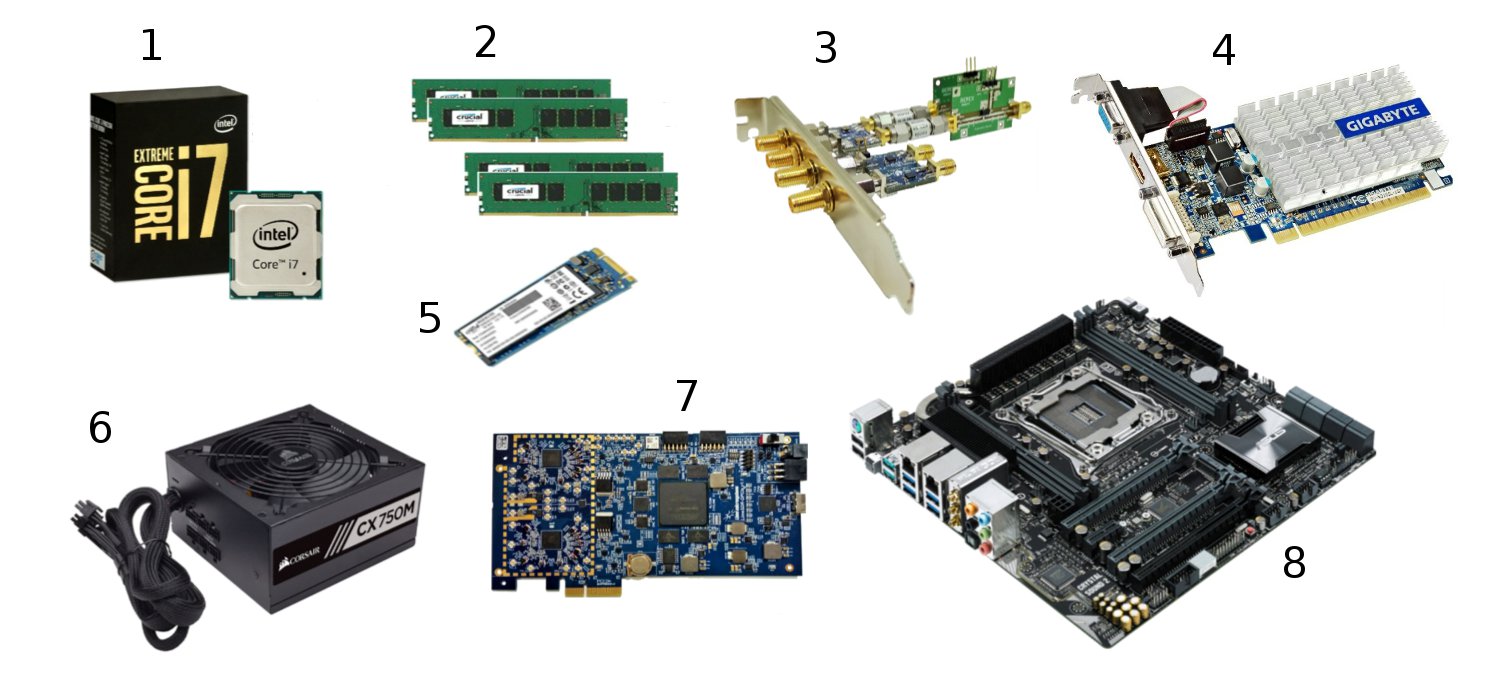

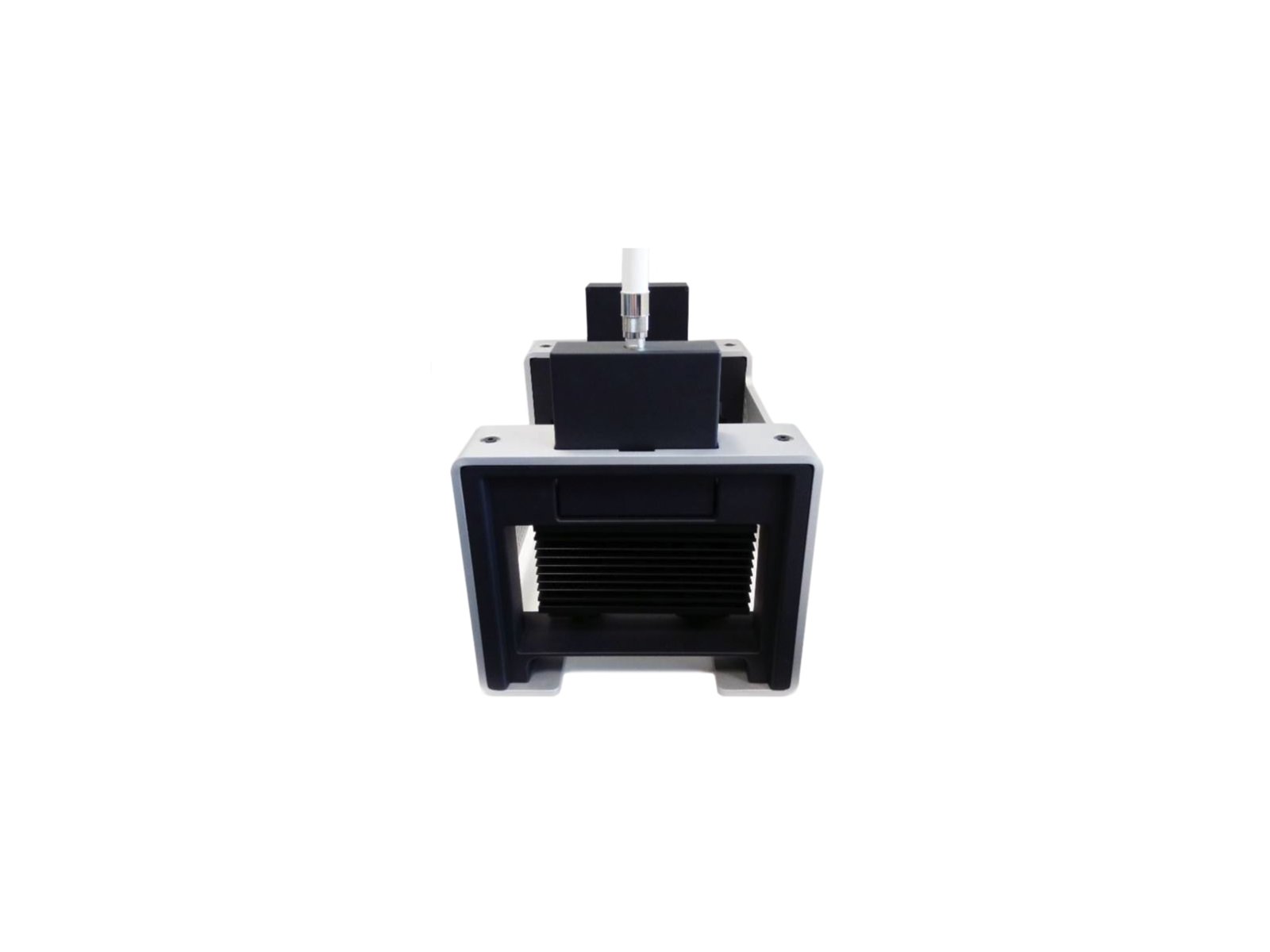


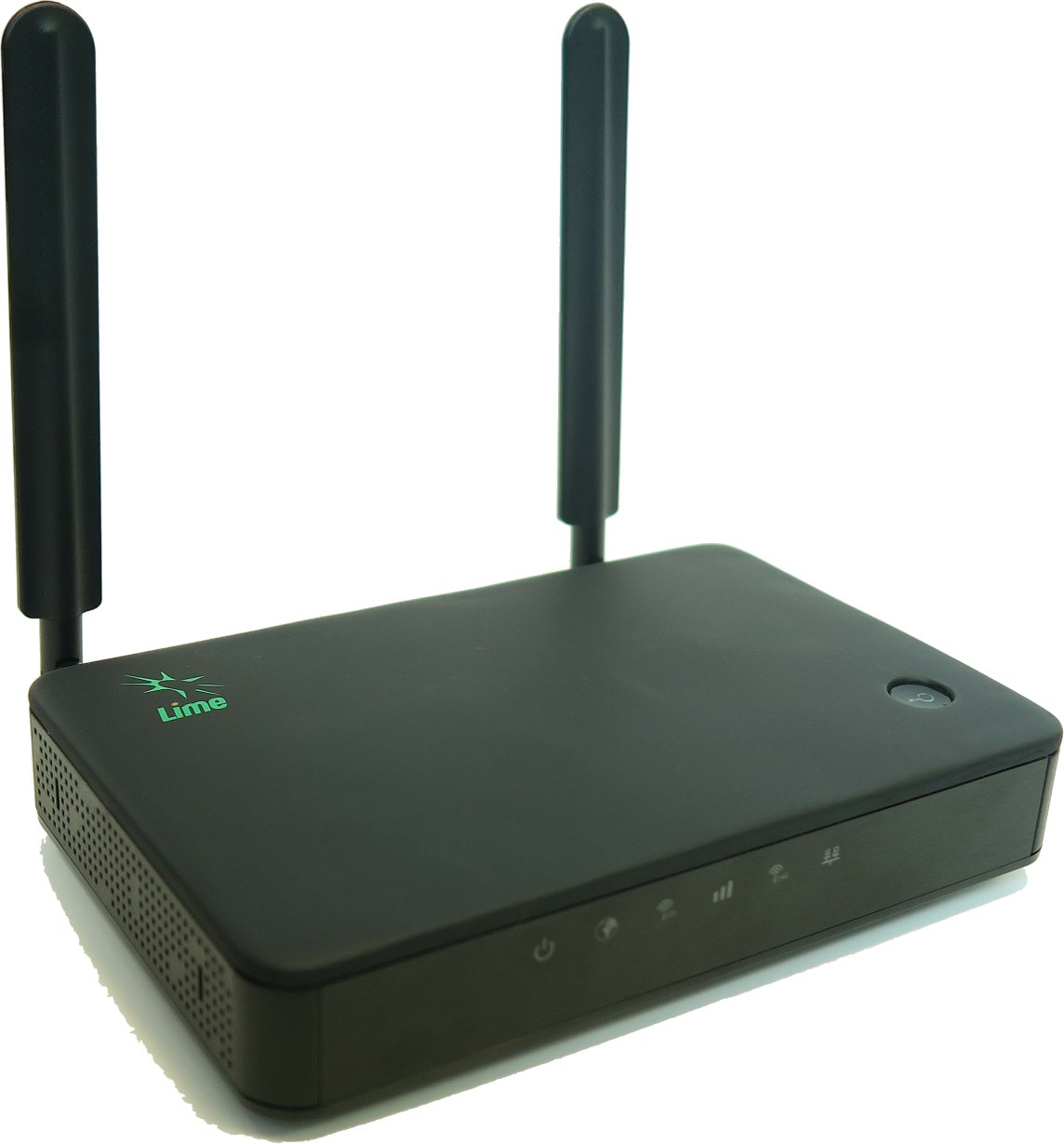
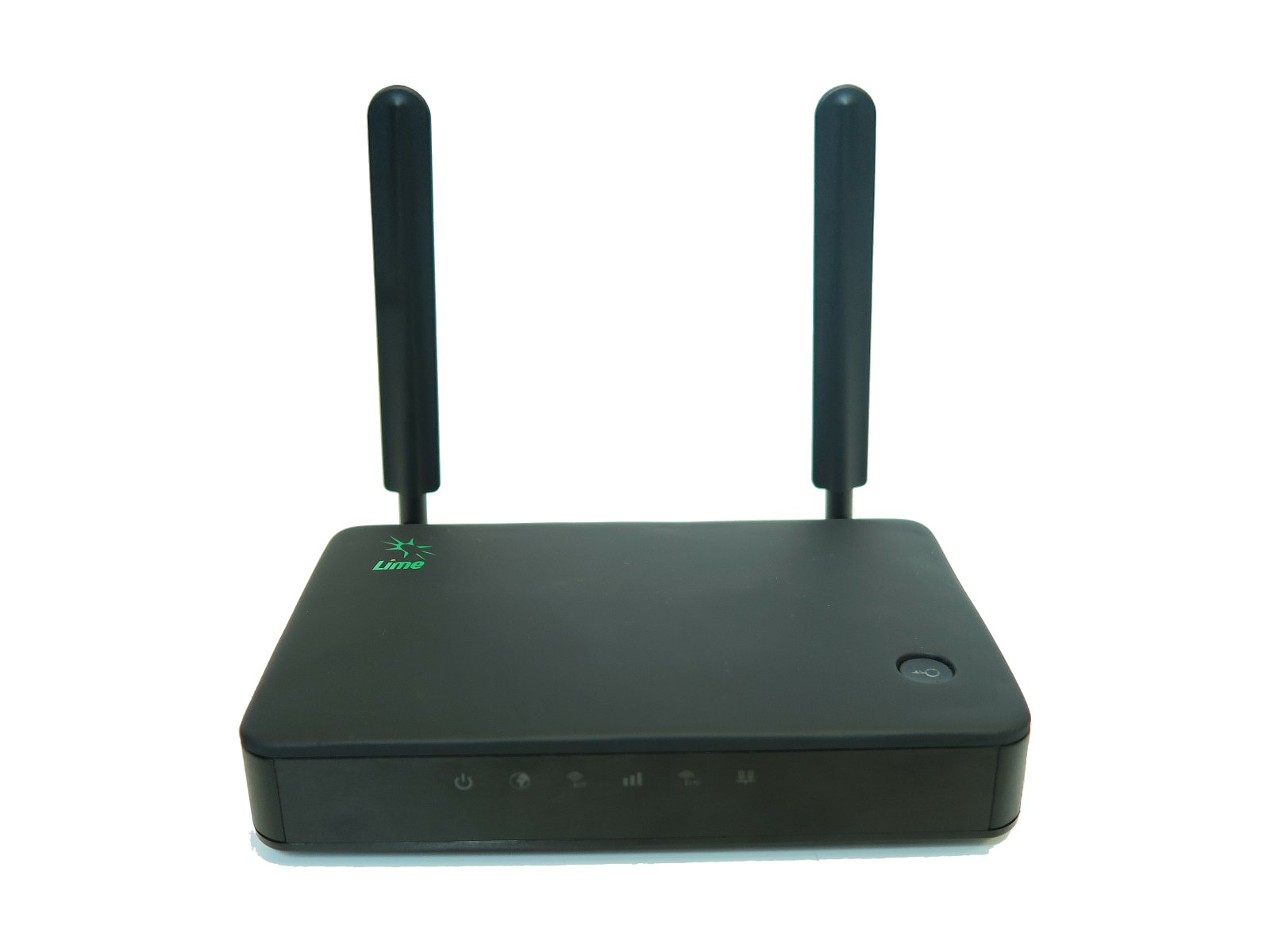
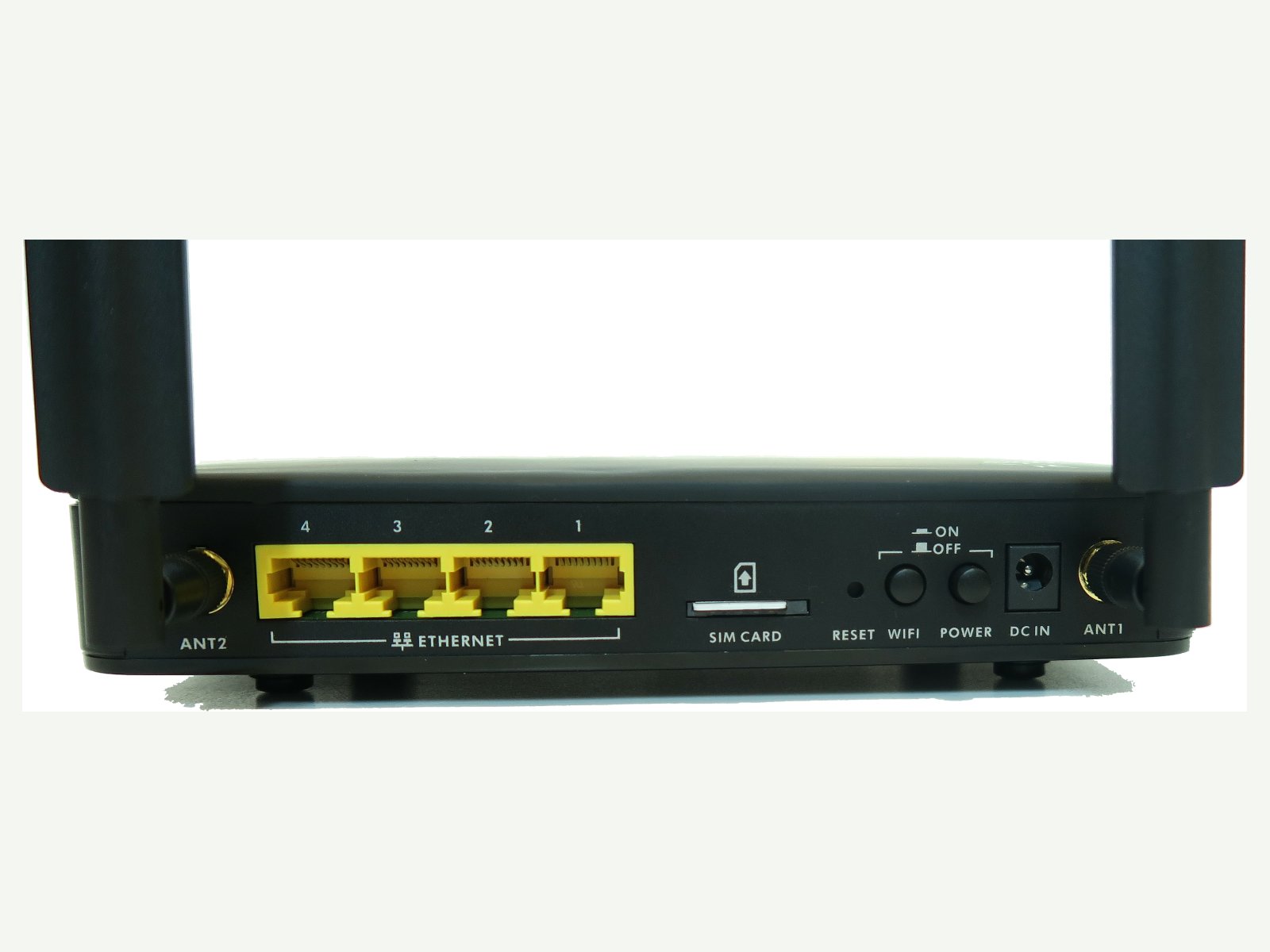

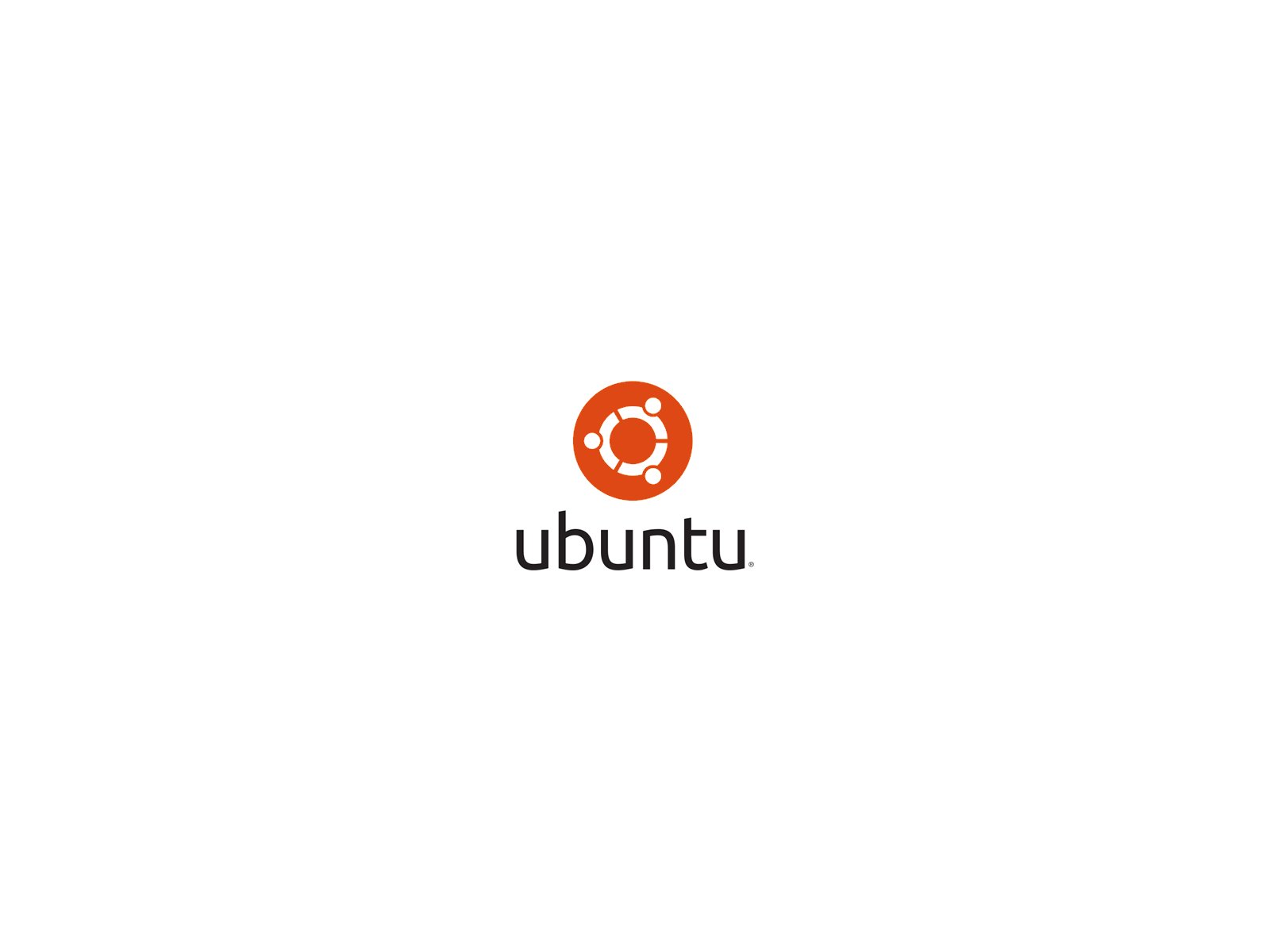





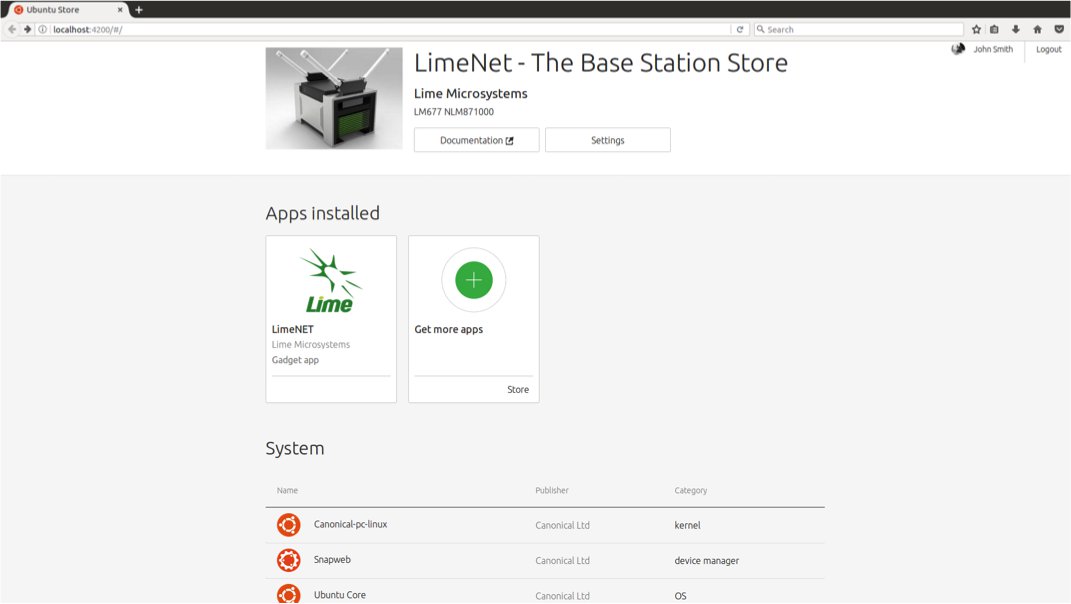
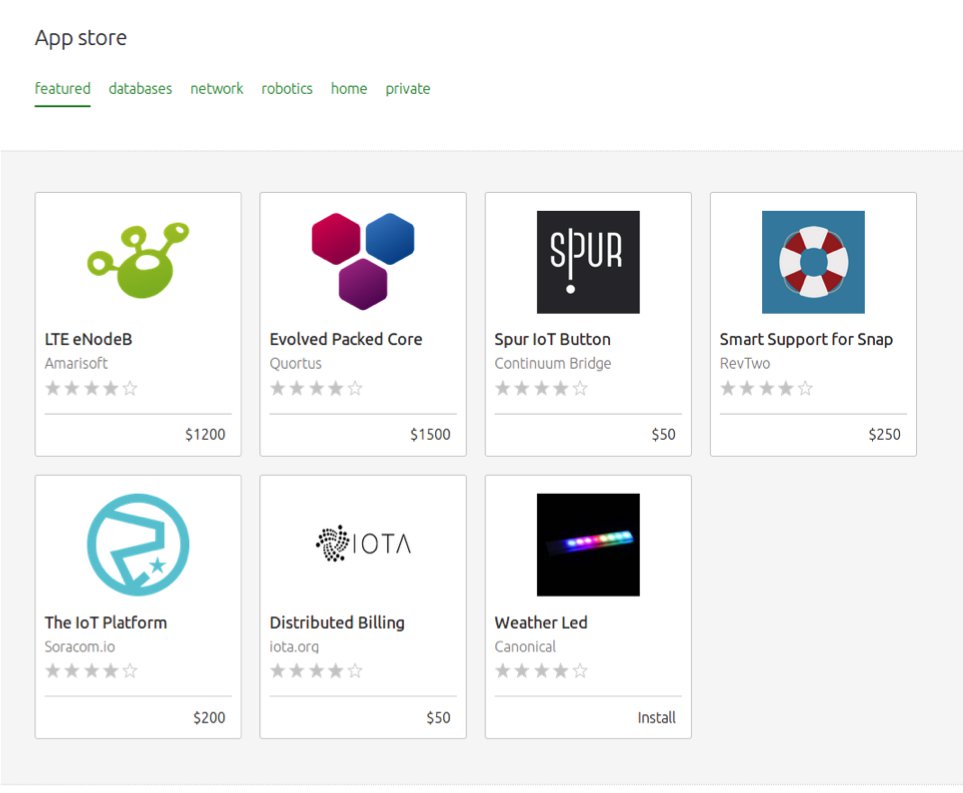








![The Mobile Network: With Lime Microsystems [EE] is delivering a software defined radio base to Open Source, and hopes to attract developers to build applications on top of the Lime SDR platform.](/img/5c22/cbd54f20-abd4-4b19-b6d4-827cebbf5c22/tmn-logo_png_press-logo.png)
![MWee: [Limenet seeks] to make the hardware an open-source commodity sold for a fraction of current offerings, with the real value being in the software it runs. Doing it this way would effectively turn LTE, GSM or LoRa, or even 5G, into just an app.](/img/d4ca/e668009f-8e3a-40eb-975a-ed7524f1d4ca/mwee-logo_jpg_press-logo.png)


